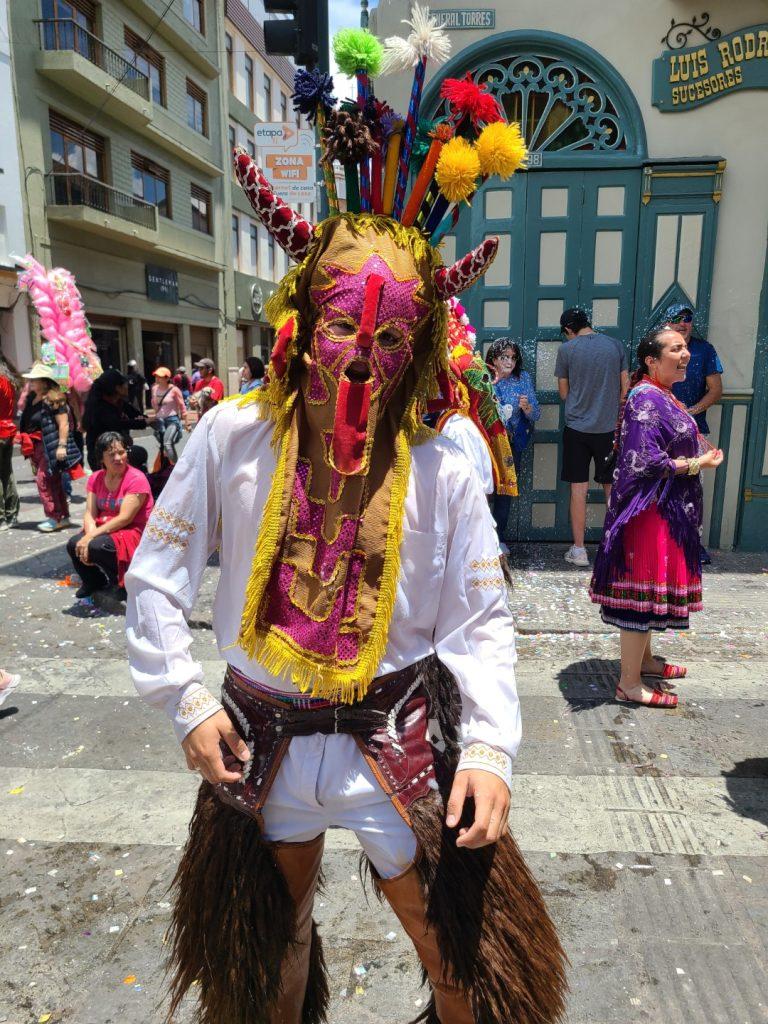
A couple of days into our stay in Cuenca, Ecuador, I wrote the blog post Is Cuenca, Ecuador, the Perfect Winter Snowbird Destination. From talking to others, it seems my Day 2 reaction was typical of newbies here: a resounding YES! I’m amazed by how many expats I’ve met who decided to move here and even bought homes within their first few days of visiting. If you stay longer, though, the answer becomes more nuanced.
Table of Contents
Pros & Cons of Retiring or Being a Snowbird in Cuenca, Ecuador
There are many things that I love about this city, and I will miss them when we leave. But there are a few negatives that make it less than ideal for us during the time of year we’d want to be here. (More on that later.) If I were looking for a new city in which to retire full-time, Cuenca would definitely be on the shortlist.
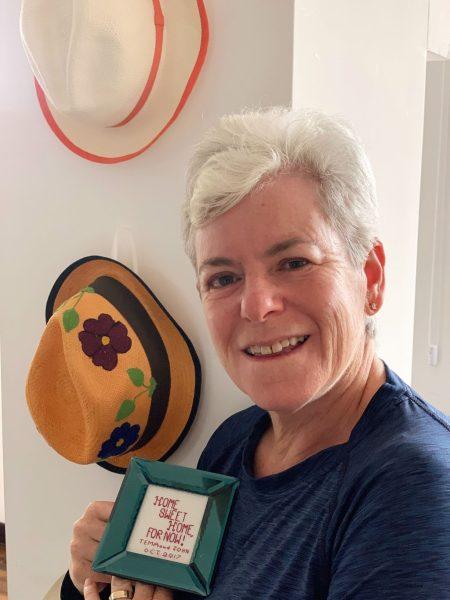
12 Reasons Why Cuenca Is a Great Place To Retire and/or be a Snowbird
1. It is beautiful
From its many gorgeous colonial buildings to the extensive parks beside the rivers that run through Cuenca, beauty is ever-present. (Click the arrows or swipe to advance to next image.)
Even areas that might seem derelict are beautified with delightful street art.
There are always trees full of vibrantly coloured flowers. Naïve Canadian that I am, I grew up thinking trees were green, except for very brief periods in the spring when some get a few days of pink or white blossoms, and in the fall when the leaves turn orange, red or golden before falling off. Here the blossoms are never-ending, and come in many colours.
2. It is safe
Unlike the Ecuadorian city of Guayaquil, which has terrible problems with crime, and increasingly Quito which has seen an upsurge in crime, Cuenca is safe. There are suggestions that crime may be increasing in Cuenca too, and we’ve heard anecdotes about distracted, elderly foreigners who have been robbed, but that sort of thing still seems quite rare. (I hope that lasts! More on the 2023 crime situation towards the end of this article.)
It helps that Cuenca is a middle-class city. Yes, there are poor people: you see them begging or trying to sell you candies on the street. Mostly they are refugees, many from Venezuela. You also see refugees and some poor families who have come in from the countryside cleaning themselves and their clothes in the river. That said, I’m ashamed to have to admit that I’ve seen more homeless people, passed out on drugs or alcohol, lying in the streets of my home town in a rich country that prides itself on socialized health care. You rarely see anything like that in Cuenca.
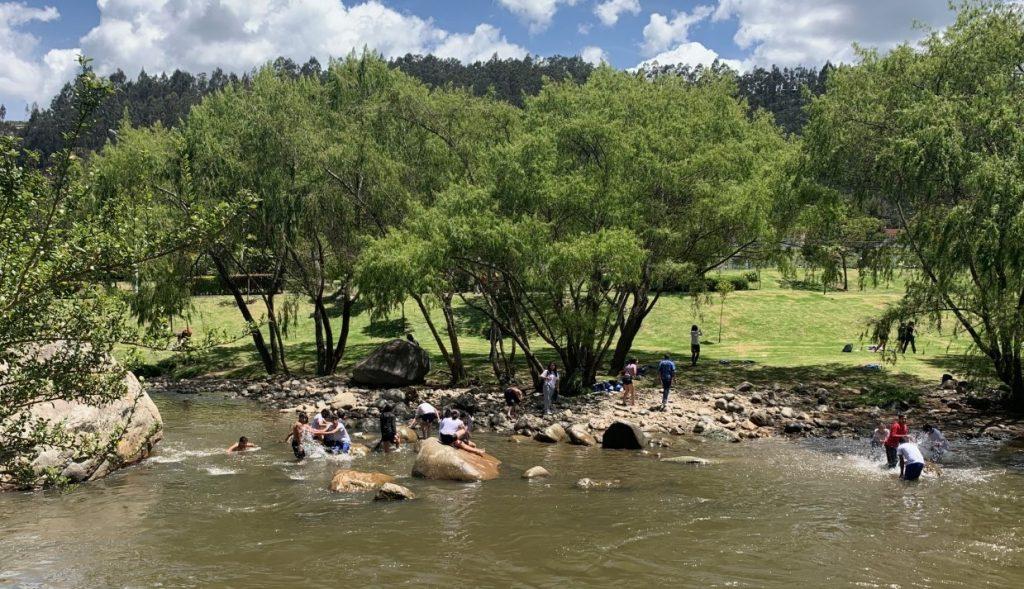
There are also rich people in Cuenca, but they are subtle about their wealth. Because it isn’t flaunted, you don’t get the level of anger that develops in more stratified cities.
3. It is inexpensive
According to the website, Expatistan, a single person can live comfortably in Cuenca for under $900/month, including rent. We’ve met several expats who are renting furnished apartments for $350/month. (Admittedly, those aren’t the nicest of apartments: one is a tiny flat on the 5th floor of a building where the elevator only goes to the 4th and stops after business hours. Another is a basement apartment.)
We spent quite a bit more than that, partly because we were only staying for 3 months so we had to use AirBnb, and because we chose to live in what is probably the most expensive part of town (near Parque de la Madre, where you are close to the historic centre but without the noise and bad air quality of being right in it). But even for us, the rent was far cheaper than what we’ve paid in most of our winter destinations, for high quality housing.
It’s not just housing that is a bargain. At the market you can buy amazing produce that comes in bags of $1 each. As I noted in my initial article on Cuenca, we come out of the market each week with more produce than we can possibly use for less than the cost of a small bag of cherries in season back home.
Entertainment is also a bargain. Many concerts (including the symphony orchestra) are free, and even those that aren’t free rarely cost more than $5 – $8 ticket. (I suffered massive sticker shock yesterday when I tried to book tickets for a ballet performance back home and discovered they were over $100/ticket! And we’re talking Edmonton, Alberta, not Broadway!)
4. Cuenca has an amazing cultural life
Music & Theatre
I’ve already written about the fantastic music scene in Cuenca. We’ve also enjoyed dance performances, street performances, parades and processions.
We even went to see some live theatre. (Admittedly, the theatre quality wasn’t great, but kudos to them for having English-language surtitles and sign-language interpretation for one of the shows we went to.)
Museums & Galleries
There are good museums (most with free admission) and art galleries.
I particularly liked the Museo de las Culturas Aborigenes (see photos below), which has a gift shop with some of the nicest jewelry I saw in Cuenca — and at great prices! (This museum is not free, but only ~$4.)
The Pumapungo Museum (free admission) is a must-see museum which is built at the site of precolonial ruins. It also has some great views of the city. (Images below)
You can learn more about the role of the Spanish colonizers in the Remigio Crespo Toral Municipal Museum (also free). It is built into the side of one of the hills, descending from the historic centre to the river pathways, and also has great views. There’s a terrace where I kept planning to bring my laptop and work, but never got around to it.
My favourite gallery was the Miguel Illescas Art Gallery His work is creative and playful.
Expat Events
The large expat community also has many events going on each week, so even if you can’t speak Spanish (yet!) there’s no excuse to ever be bored in Cuenca. More on how to find those events in point 5, below.
5. It’s easy to meet people & make friends
Speaking of the expats…. As much as we’d love to make friends with locals wherever we live, it’s hard to break into any new city where you aren’t fluent in the language and have no natural way of meeting locals other than through paid relationships (e.g. Spanish teacher, trainer, health professionals). So when people complain about expats only hanging out with other expats, it’s not really a fair criticism. It reminds me of when I was an undergraduate business student and some of the local kids complained about the “Chinese” students being cliquey. “Did you ever invite them to join you?” I’d ask. Invariably the answer was “no”. I found the Asian students (who were, of course not all Chinese — many were Korean, Vietnamese, Malaysian, Japanese, etc. — easy to befriend. All you had to do was be the slightest bit welcoming.
Here, to their credit, the expat community is incredibly welcoming. In no other city have I found it so easy to meet people and be welcomed into their circles. My first contacts came through some helpful Facebook groups, such as the Cuenca Walkers & Runners Group, which meets for a walk followed by drinks and dinner at 5 p.m. every Tuesday, and the Cuenca Expats & Travelers Group, which is great for answering questions about life here. Through the latter group I was also twice able to find people who kindly offered to bring me some over-the-counter meds from the US that I couldn’t buy here.
Then we discovered other great sources of info for expats, such as the daily Gringo Post newsletter, Cuenca High Life (for local news, translated into English), and Yapa Tree.
We also met people through Spanish language schools, which generally have cultural events for their students. We took our lessons through Vamos Spanish School, and it was at a tour they’d arranged of the local modern art museum that we met someone who became a great friend. We also participated in a couple of tours run by Spanish Outdoor, which calls itself a language school, but the emphasis seems to be more on touring and hiking than on language training.
Sure, there are plenty of expats here who aren’t our type, like the “freedom loving” American in the park where we worked out who got angry when I pointed out that his large, off-leash dog (in an on-leash park) was scaring little kids. He started ranting about freedom and the dangers of vaccines. When the park security officers came over and asked him to put his dog on a leash he screamed at me that this was all my fault and that I’d better watch out because I didn’t know who I was dealing with. I’m happy to report that he never showed up at he park again. (It is kind of nice to be in a place were there are security officers in the parks.)
6. The locals are friendly
I heard one expat say otherwise, but certainly our experiences with locals were terrific. I’m defining “locals” broadly, because at least half the Spanish-speaking people we met were Venezuelan.
We worked out in the heavily-used Parque de la Madre three mornings a week and I was surprised at how often people would come over to chat. They were all curious about where we were from, impressed by what we were doing, and eager to practice their English (if they spoke any. Many do, particularly the men, as many of them spend several years in the US — legally or illegally — working and sending money back home until they feel they can afford to move back here).
We also found taxi drivers, restauranteurs, shopkeepers, fellow bathers at the hot springs, and others happy to chat and enthusiastic about our efforts to speak Spanish.
7. Great for outdoor activities
It may take you a bit of time to adapt to the altitude (Cuenca is at 2,560 metres, nearly 8,400 feet), but once you do, there’s a lot to enjoy outdoors. Apart from lovely walks within the city, you are in easy day trip distance of many gorgeous hikes nearby.
We took a $25 taxi ride to get to a beautiful hike in the Cajas Mountains. (Photos below.) You could do it for a couple of dollars by bus, but we wanted to be sure to get there early so we figured we’d go by cab and return by bus. As it turned out, we got fed up waiting for a bus that had room for us on the return so we asked the restaurant at the park entrance to call us a cab from the city. (Our phones had no signal. Even the woman running the restaurant had to struggle to catch a signal). The fare came to the same $25.
Another day we did use bus transport to get to the Giron waterfalls. The bus drops you in the town and from there we grabbed a cab ($6) to get to the start of the waterfall hike.
On the way back we again couldn’t get a signal to call a cab, but before I could suggest to DH that they could probably order one for us at the restaurant he’d stuck out his thumb and a local real estate agent had picked us up and gave us a ride into town. (He was disappointed that we had no interest in buying property here.)
There are also many places nearby for mountain biking. (We wanted to do a mountain bike trip that takes you down from one of the highest mountain peaks, but it wasn’t on because there’d been too much rain. And a few days after our Giron hike, the road to Giron was also closed because of a landslide.
8. You can visit other places in Ecuador & South America from here
Although Cuenca doesn’t have an international airport (see Cons), it does have flights to Quito and Guayaquil, which are both hubs to get to many other places in Latin America, and to the Galapagos.
There are also comfortable busses that will take you throughout the country inexpensively. That said, those trips can be frustratingly long, particularly in the rainy season when mudslides can end up closing highways, causing long detours.
9. Cuenca has excellent, inexpensive health care
This is less of an issue for the Canadians, but huge for the American expats who move here. In fact, almost all the Americans we met came here because they felt they couldn’t afford to retire in the United States. (So ironic, given that Ecuadorians go live in the US because their families can’t afford to live in Ecuador. Says something about priorities and what standard of living each group is willing to put up with.)
Even Canadians appreciate the dental care here, which is a fraction of the cost of what you pay for similar services at home. Dental tourism is becoming a big thing here. (DH — Darling Hubby — still has one baby tooth that is eventually going to fall out. It may be cheaper to fly and stay here for a few months than to have the implant done back home.)
The quality of both the medical and dental care is generally good, as many of the medical professionals have trained in the US. (I say “generally” because one expat told us about the dentist who used filthy instruments in cleaning his teeth. She was super-cheap — $15 — and apparently quite gentle, but others expats told of their cleanings elsewhere for $40 – $60 with hygienic instruments.
My limited exposure to the health care system here was one day when I went to a private hospital on a Sunday morning because I had been stung by a yellowjacket in the Galapagos a few days earlier and it seemed that the puncture was getting infected. The security guard out front asked me why I’d come. Then he walked me into emergency and straight to a doctor, who immediately did an exam. The place was empty! I’d expected to be waiting for hours.
The doctor concluded that it wasn’t infected, gave me a prescription for a painkiller if I needed it, told me to come back if it got worse, and refused to charge me anything! I guess it wasn’t worth the paperwork that charging me a few bucks would have entailed.
10. Getting around in Cuenca is easy and inexpensive
We chose to live where we could easily walk almost anywhere we’d want to go to. But even if you aren’t in or near the “centro historico”, local transport works well, from what we’ve been told. Many gringos live along the Tranvia line (LRT), and there are many local busses.
Given how cheap and plentiful taxis are, we took cabs on the rare occasions when we were going somewhere that was too far to walk. Even going to the outskirts of town or nearby ones, like Banos de Cuenca (where we recommend Novaqua’s adults-only thermal baths), only cost about $3. A taxi to or from the airport to our place was less than $5.
Taxis all have meters. Only once did we have driver try to rip us off, and he backed down when we challenged him. (It was raining and the traffic was bad, and he wasn’t happy about having to make a second stop en route. So when the taxi got to the 2nd stop the cab driver pointed out the $1.35 fare and said he was starting a new one for the 2nd part of the ride. It came to ~$2.18. He asked us for $5 for the two fares. We settled on $4. Wasn’t worth arguing over the final few pennies.
My only real complaint about the taxis is that few have functional seatbelts. I’m not used to that anymore. Uber is not an option in Cuenca, but taxis are easy to flag (when it isn’t raining heavily) and/or you can download the Azutaxi app, which makes it easy to summon one (but you still have to pay in cash).
11. Fresh, locally-grown food
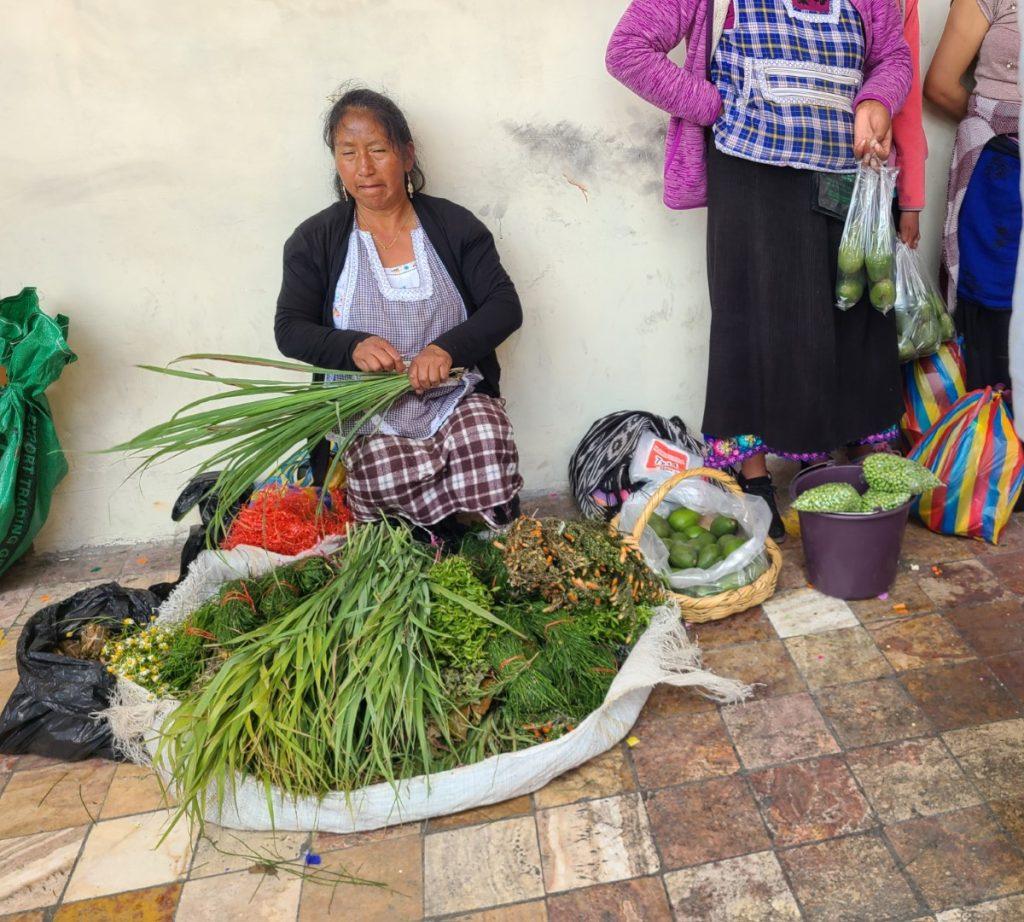
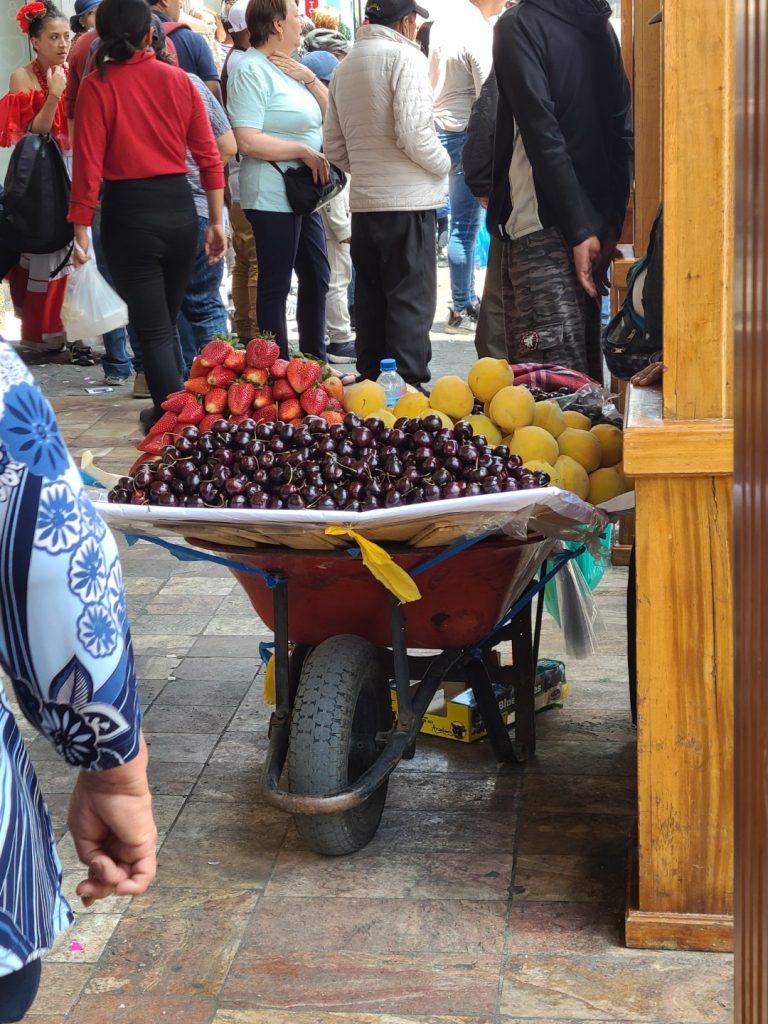
We love shopping at the markets for produce, although we never felt comfortable enough to buy our meat from the market stalls. Our biggest “complaint” about the market is that we invariably ended up with too much food to consume before it went off. Everything is sold in $1 bags, and there’s only so much two people can eat. If you want variety, it can be hard to use up all those plums, potatoes, and limes in time.
Even in the supermarkets most of the produce is local, though we mainly bought meat and non-produce items at the supermarket. Be careful: imported products can be quite expensive.
There is also good Ecuadorian chocolate and coffee. Cafes like Sinfonia are focused on roasting and selling top quality local coffee. For good local chocolate, we recommend Pacari, which has a lovely cafe in the Centro Historico, but you can buy the bars even more cheaply at the Supermaxi (which is the main supermarket chain).
12. The weather is never too hot or too cold
Even on the rainy days (more on that in the Cons section) it isn’t cold. We did wear jackets in the evenings, but rarely do you need anything heavier than a light sweater or rain jacket. I gather it never gets hot either. Temperatures normally hover around 20°C (68 F).
That said, houses are not heated, so you may want slippers, and our local Spanish teacher often kept her jacket on in the apartment on rainy afternoons. It felt too chilly to her.
When the sun pokes out from between the clouds it can feel quite hot, even if it isn’t actually much above 20 because Ecuador is on the Equator, after all. That also means you have to use sunscreen; it won’t take many minutes of sunshine to get burned. The locals carry umbrellas at all times and use them for both sun and rain protection.
Drawbacks to Retiring to or Being a Snowbird in Cuenca
I think it’s clear that there’s a lot to love about this place. But it does have a few drawbacks.
1. It rains. A lot.
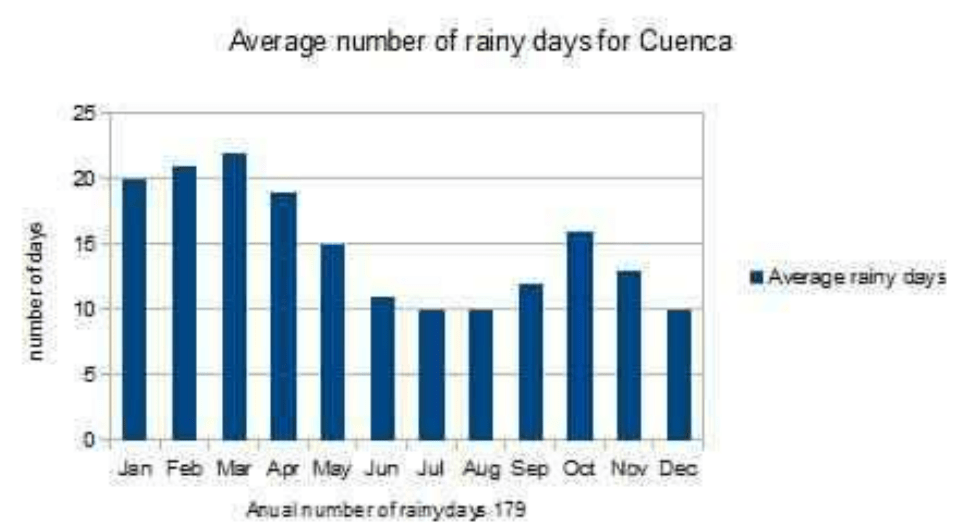
If I were looking to live here year-round, the rainy season might be less of an issue. Although looking at the precipitation charts, even during the non-rainy season it still rains a lot. The months with the coldest weather in Canada are those months with 20+ rainy days in Cuenca. So not the best timing for snowbirds. Had I looked at that chart before planning this trip, we might not have come.
On the plus side, in a Canadian city like Vancouver you probably get as many rainy days, but they are also chilly. So if I had to choose between wintering here vs wintering in the warmest part of Canada….
2. Adjusting to the altitude takes time
DH and I both have asthma, so it probably took us longer to adapt than it might take you. It took us about a month to get our lungs to their normal capacity. This was especially frustrating for my athletic husband. (Though he’s looking forward to feeling like a god when he goes running or cycling for the first few weeks back home!)
3. Cuenca doesn’t have an international airport
Getting to Cuenca isn’t easy. Many expats see that as part of its charm: prevents it from being over-run with tourists and visitors from back home. But for those of us who want to come for shorter visits and/or want family to be able to do so, it’s not ideal. To get to Cuenca from Edmonton involves a minimum 4 flights and 2 days of travel. That’s a lot of time, money and hassle, especially for friends who don’t have as much leisure time as we do.
4. Not a foodie culture. (Yet)
Produce: Although there is abundant fresh produce, a lot of it is clearly grown for export. That means the focus is on it looking good more than on flavour. The strawberries were fine in juices, but not very flavourful. The beautiful red tomatoes had tough, thick skins.
Meat: The chickens are enormous. Flavourful but be prepared to stew them for a loooong time! Ditto for beef: all cuts were tough! We were able to get decent lamb though.
Dairy: They have lots of dairy cows here but it was impossible to get cheese that wasn’t tasteless. Drinking fresh milk is apparently also not part of the tradition. In the grocery stores you can only buy UHT milk. Yogurt is common, though. Read the labels carefully if you want a yogurt drink that isn’t sweetened.
We did find a lovely old guy on Calle Larga who makes his own Greek-style yogurt, as well as fresh fruit juice popsicles. We became frequent clients!
Restaurants: Many of the retirees in Cuenca love that there are hundreds of inexpensive restaurants and bars, and it seems typical for expats to eat out several times a week. We do most of our cooking at home because of my allergies, but did eat out at least once a week.
We only managed to find two high-quality restaurants: La Guarida and Dos Sucres (which was truly outstanding). If you are a foodie, you should try both.
There were others with a lovely ambiance, nice views and friendly staff, but mediocre food.
5. Natural Disasters
There’s very little flat land in Ecuador, and the hills and mountains are mostly made of mud, not hard rock. So when there are weeks on end of heavy rain, roads get washed out. Major highways are blocked regularly by landslides. If you want to visit the rest of the country from Cuenca by road, be prepared for hours-long detours.
Going to Galapagos we decided it was more reliable to fly from Cuenca to go to Guayaquil, which is the main jumping off-spot for the Galapagos. We planned to take the bus back so we could see the beautiful scenery between Guayaquil and Cuenca, but our flight was delayed so it was after dark by the time we headed home. And, although the road wasn’t completely closed due to mudslides, it was down to one-lane only (alternating directions) for a chunk of it.
Likewise, our trip to the Giron Waterfalls couldn’t have happened a week later: the road was blocked by a landslide and closed all through the Easter weekend.
We also lived through a 6.8 earthquake. Big earthquakes don’t happen all the time (the last big one was in 2016), but I sure wouldn’t want to own property in an earthquake-prone region like this. There were a lot of cracks in our new apartment building afterwards. (Luckily none of them were dangerous ones.)
6. Political Disasters
Ecuador has been more stable than many Latin American countries since it adopted the US dollar as its currency. But it does have political outbursts and protests fairly often, and they can turn violent. Several Ecuadorians we have spoken to are expecting an outburst in the coming months.
Conservative Ecuadorian President Lasso just lost a bid to stop the parliament from voting to impeach him. That process is expected to begin soon. He has tried to counter the impeachment threat and win public support by “getting tough on crime”. How? By adopting the insane US-approach: everybody should be able to have guns to protect themselves. Not clear to me whose support this will win him: everyone we’ve spoken to is appalled by the decision. He needs to improve the training and root out corruption in the police forces, not spread the danger further.
For a while, when it had a socialist government, Ecuador was considered the Latin American miracle, with much lower crime rates than the rest of Latin America. But they started going up during the pandemic, and have skyrocked in Guayaquil, the other coastal cities, and the capital, Quito. For the moment Cuenca still seems safe, but I’m really worried that it may spread to Cuenca.
We are currently in Quito for a couple of days on our way out of the country, and we’ve been shocked to see the change in this beautiful city over the past four years. When we were here in late 2018 it was a lively, fun, basically safe place. On this visit, we were targeted by criminals twice within our first hour here. (Luckily, no serious harm done, but boy do you have to be careful now!).
Four years ago we walked around in Quito safely in the evenings, enjoying the lively night-life. Now our hotel wouldn’t let us do a 10 minute walk after 6:45 p.m. because it is too dangerous, and when we took our Uber home around 10 p.m. the streets were completely dead. Sad and scary to see how quickly a place can transform.
You could argue that it’s not fair to end what is mostly a positive post about our wonderful three months in Cuenca with a downer about a different city (Quito). No doubt, it has coloured our final assessment, but mostly because I’m really worried about whether Cuenca can keep being the exception. I hope it will be! Just in case, though, I’d say visit Cuenca soon and enjoy it while you can. For now, it is still a wonderful oasis of calm, beauty and fun in Ecuador. Long may that last!


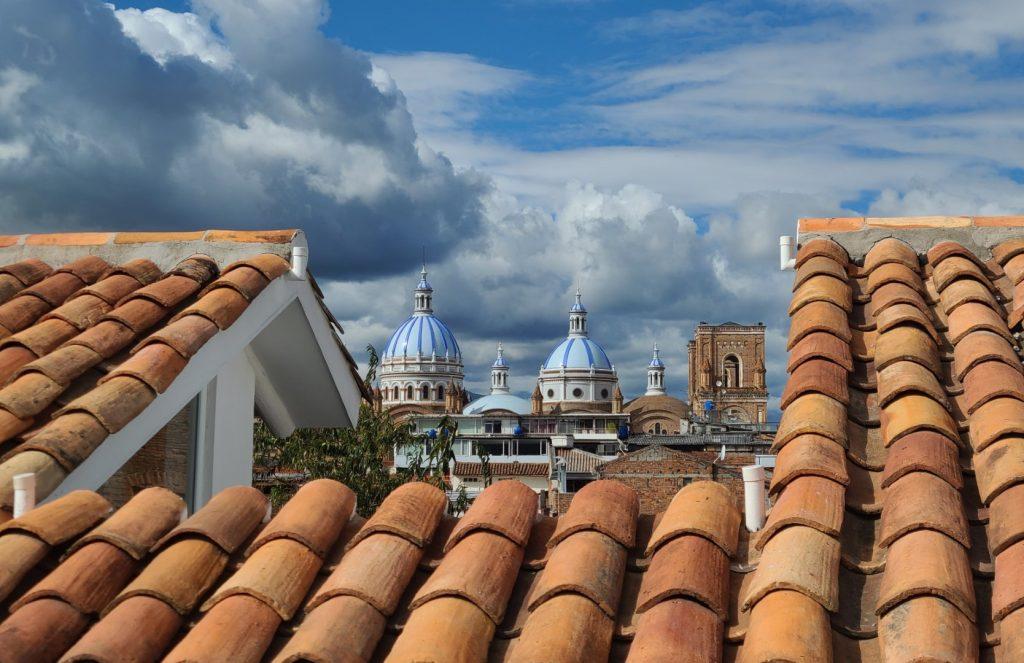
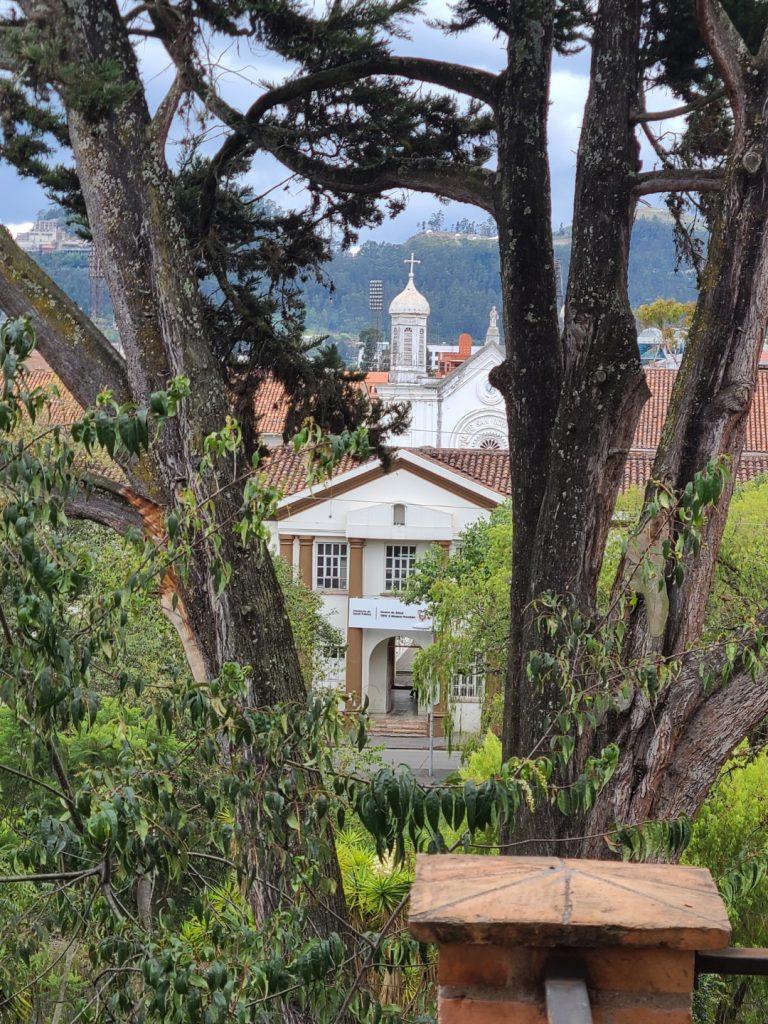
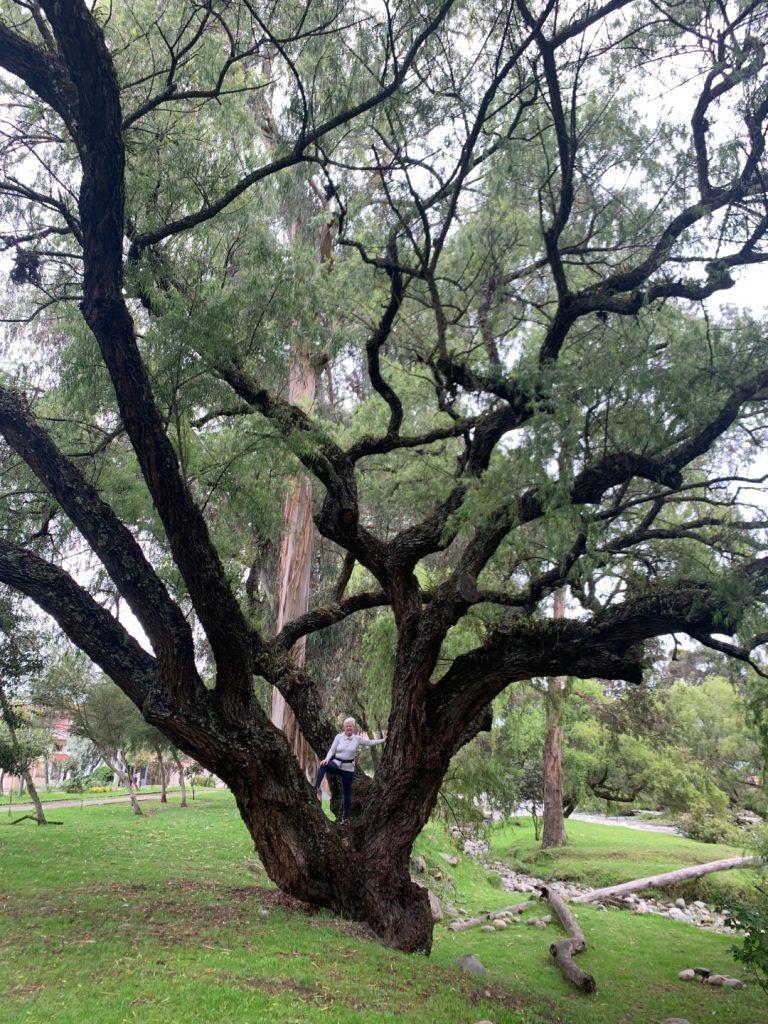
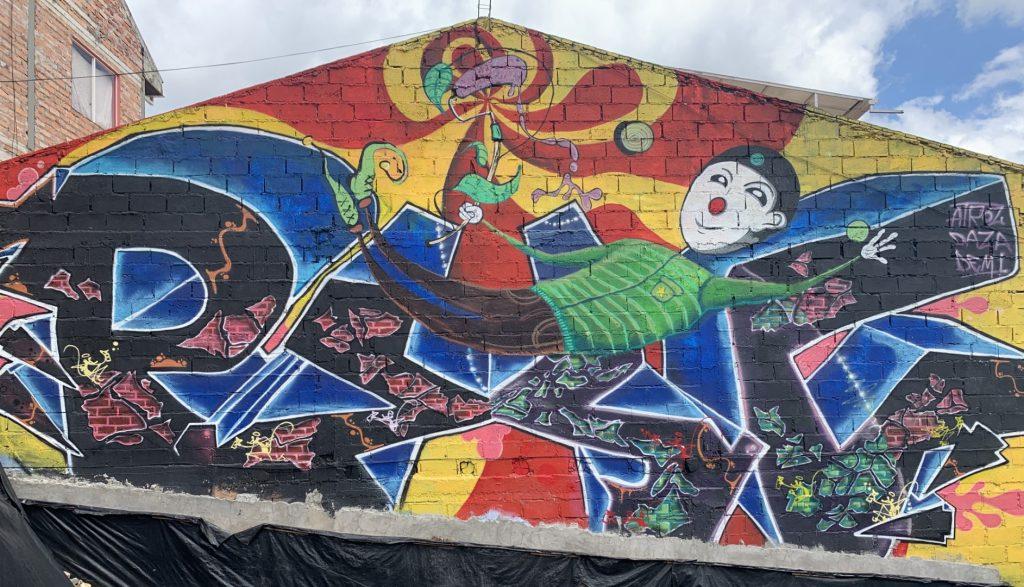
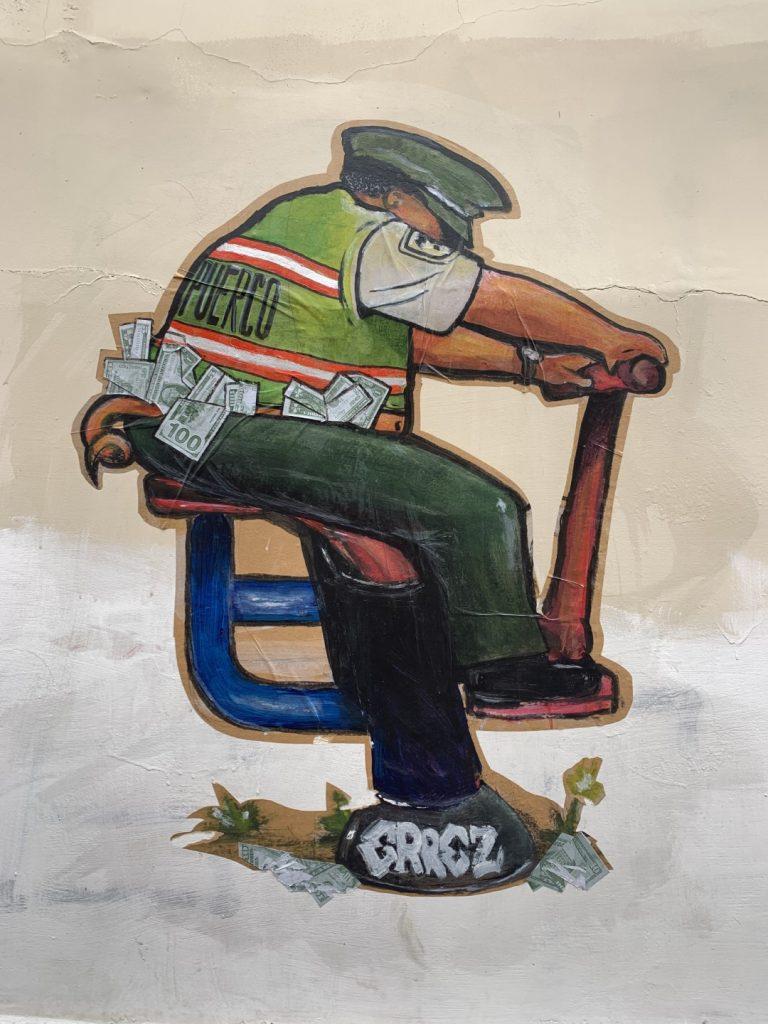
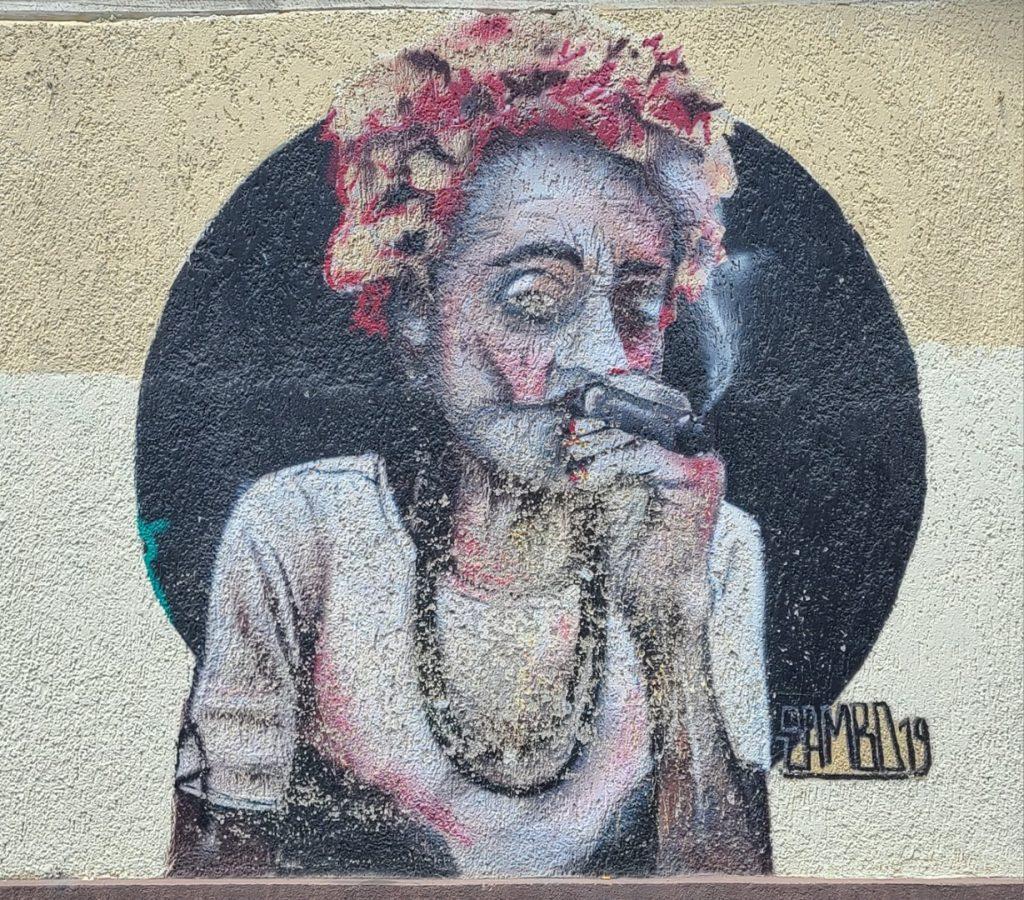
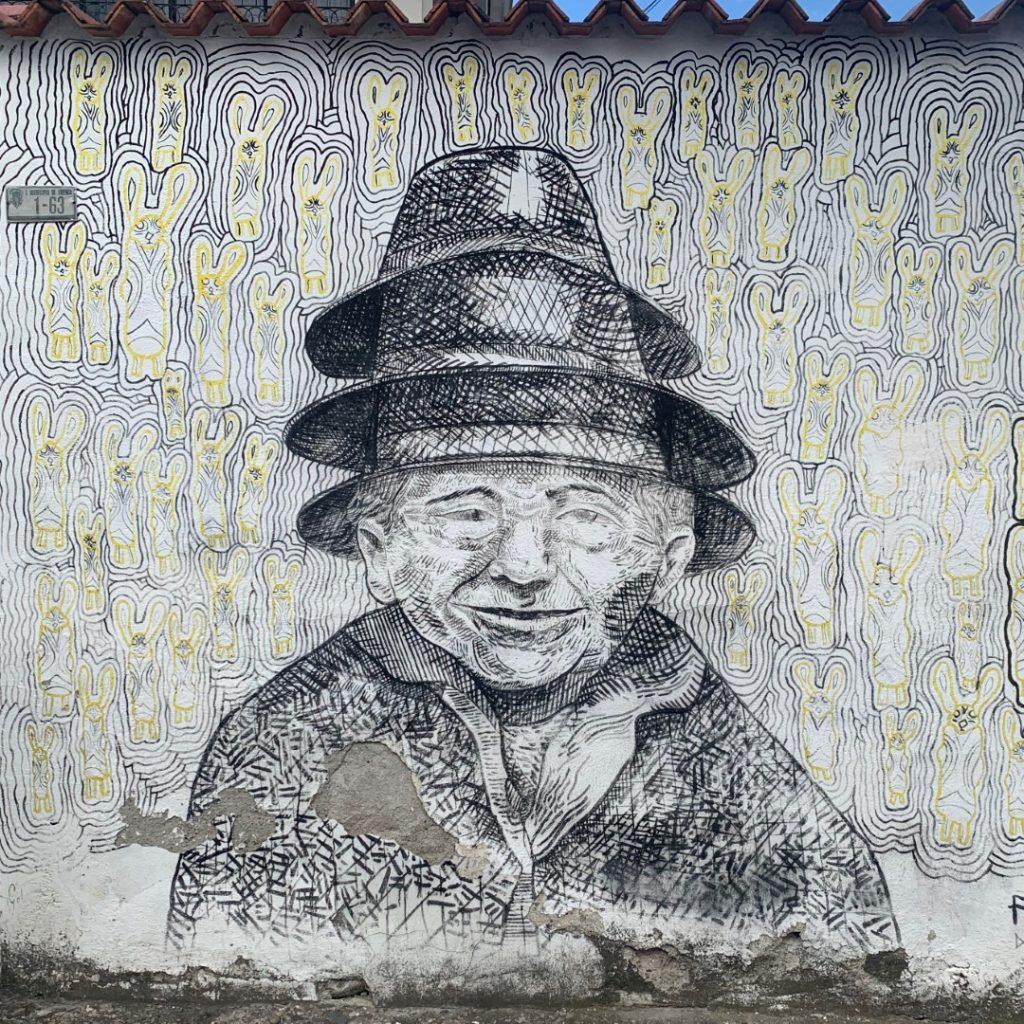
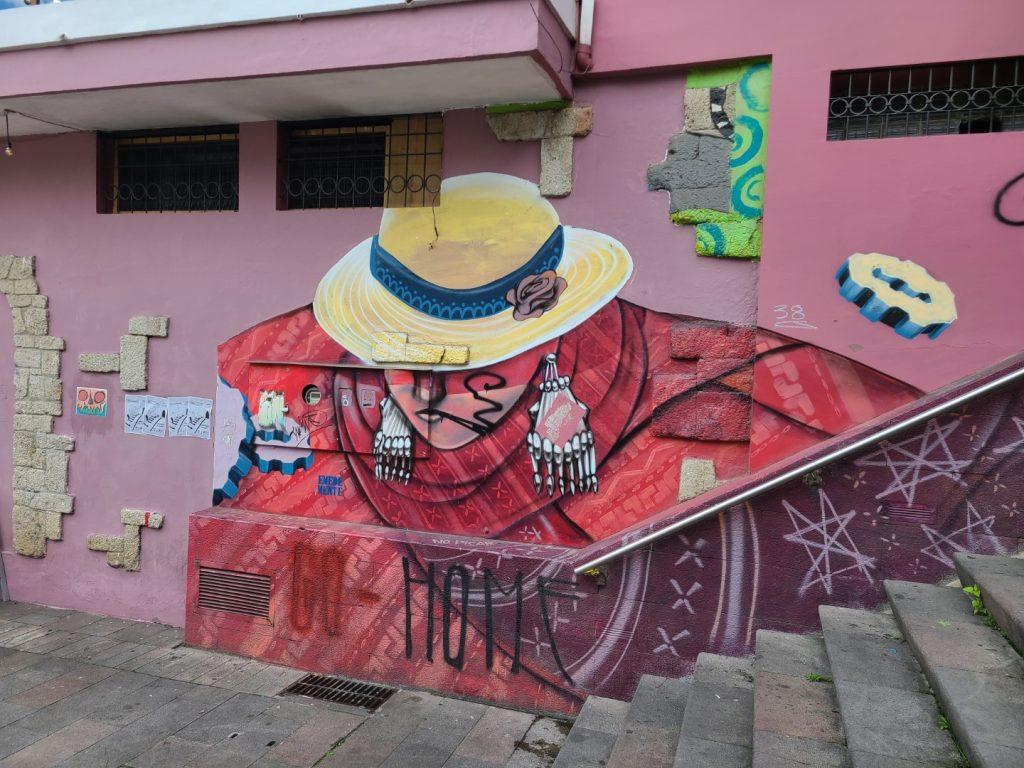
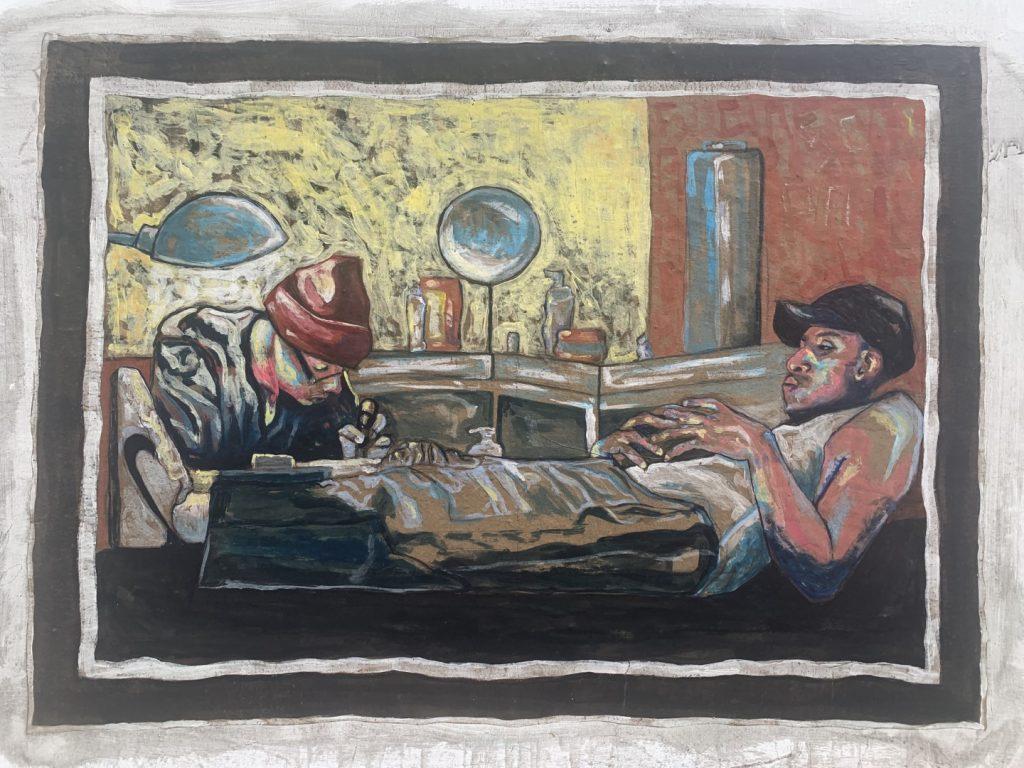
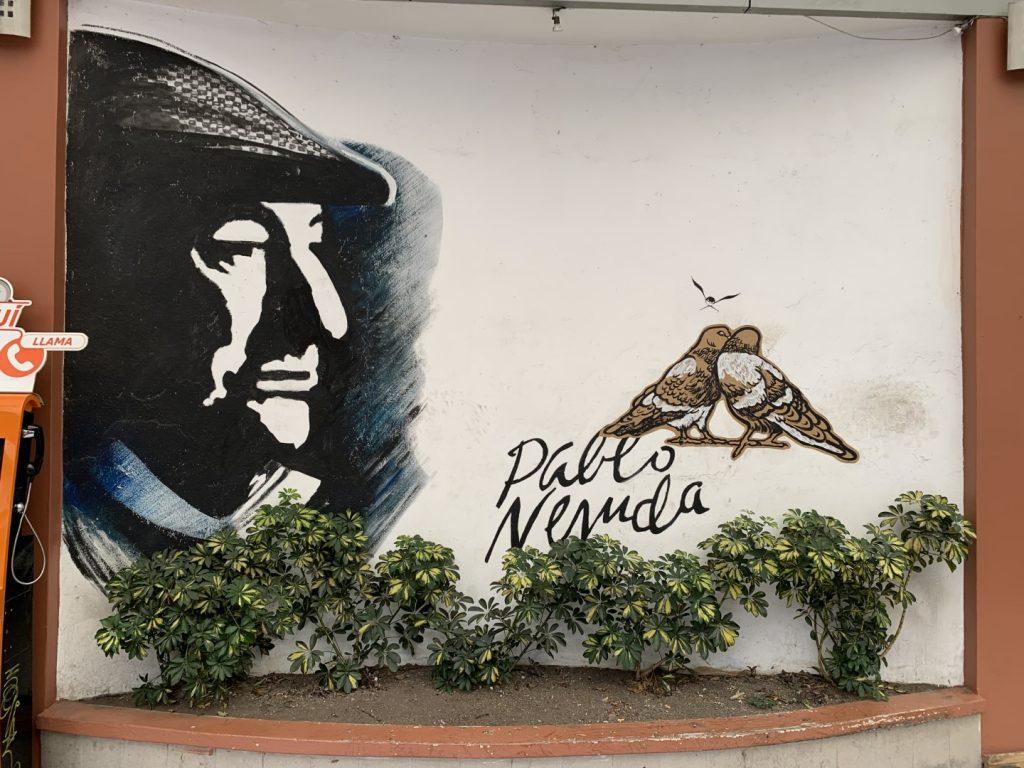
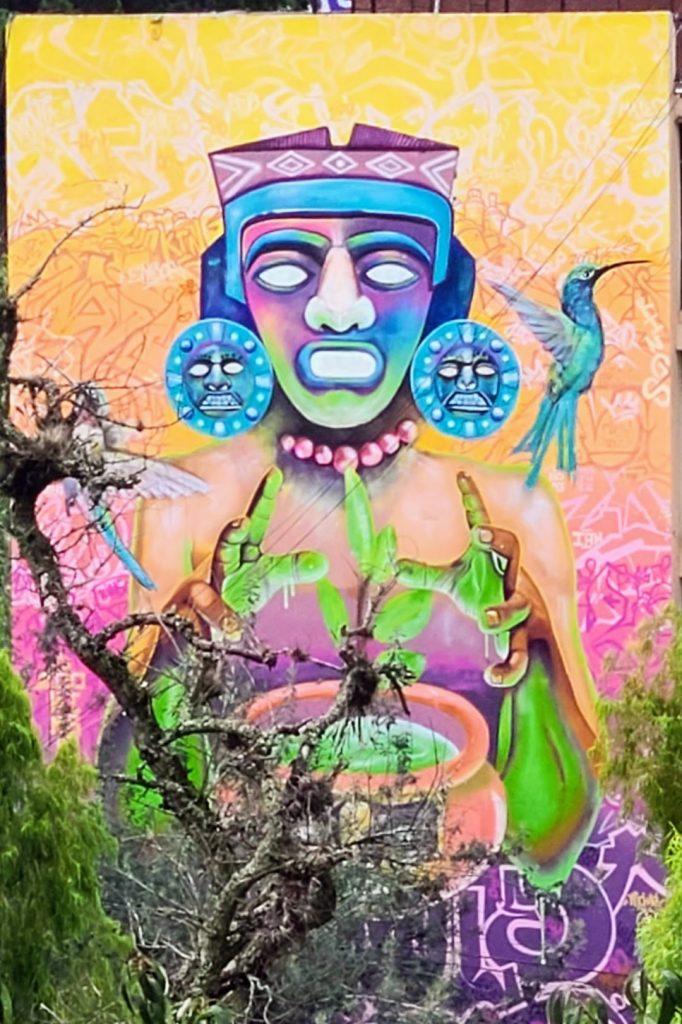
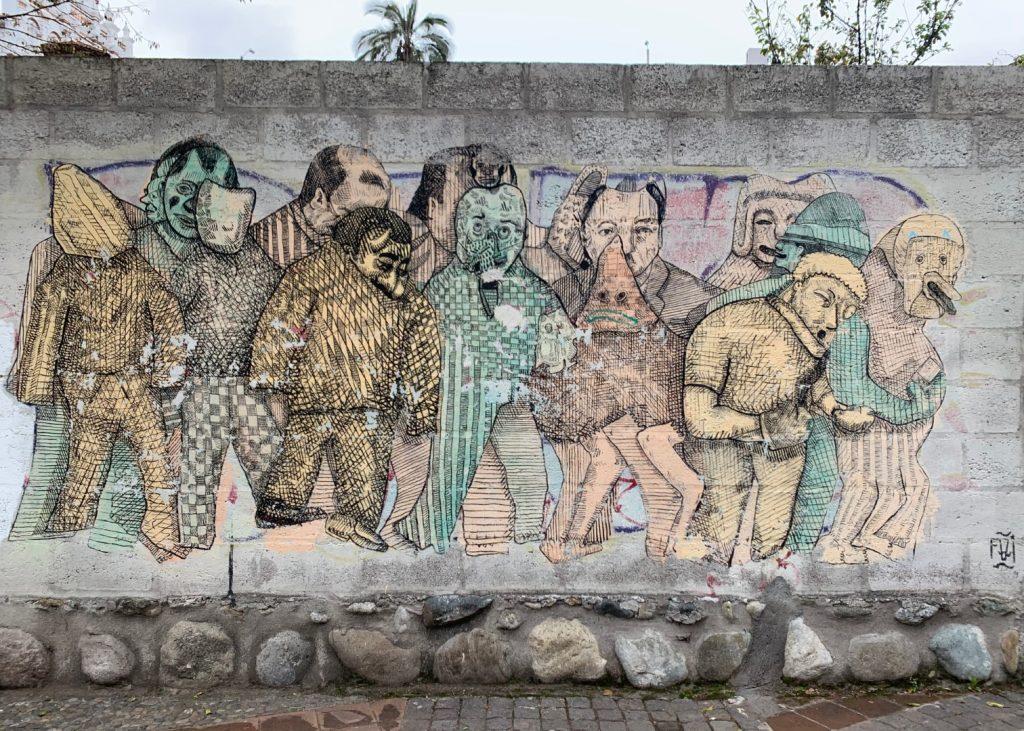
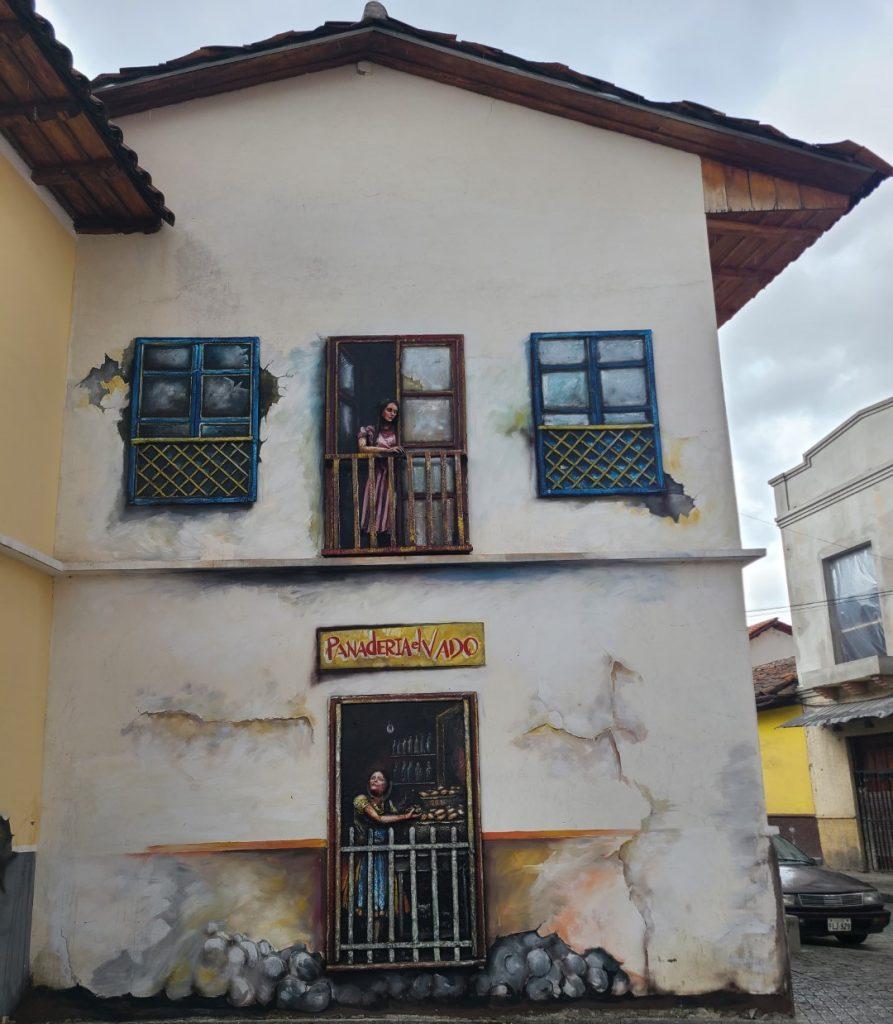
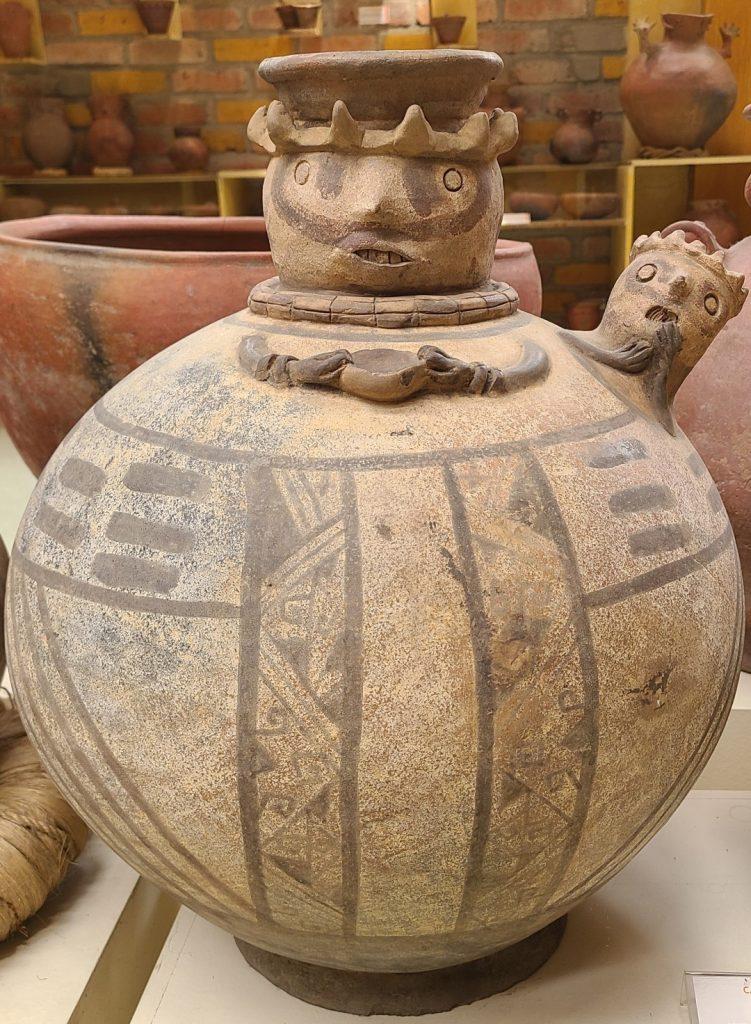
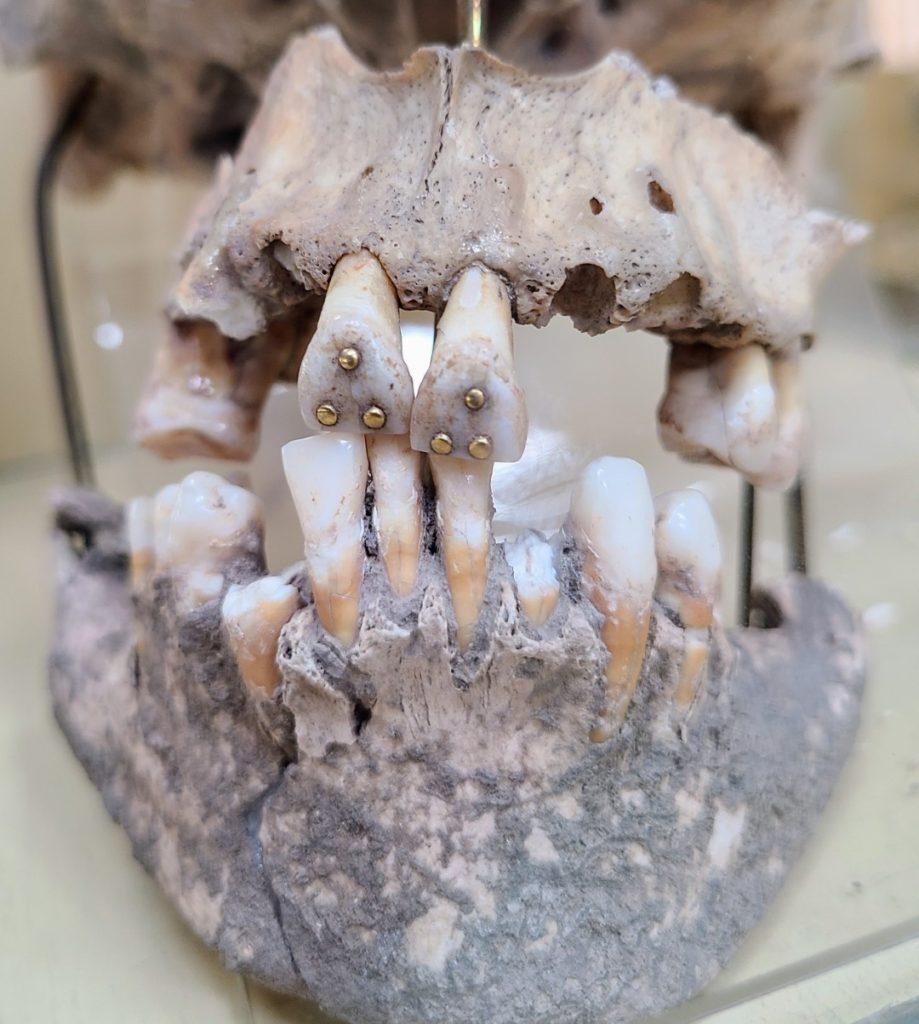
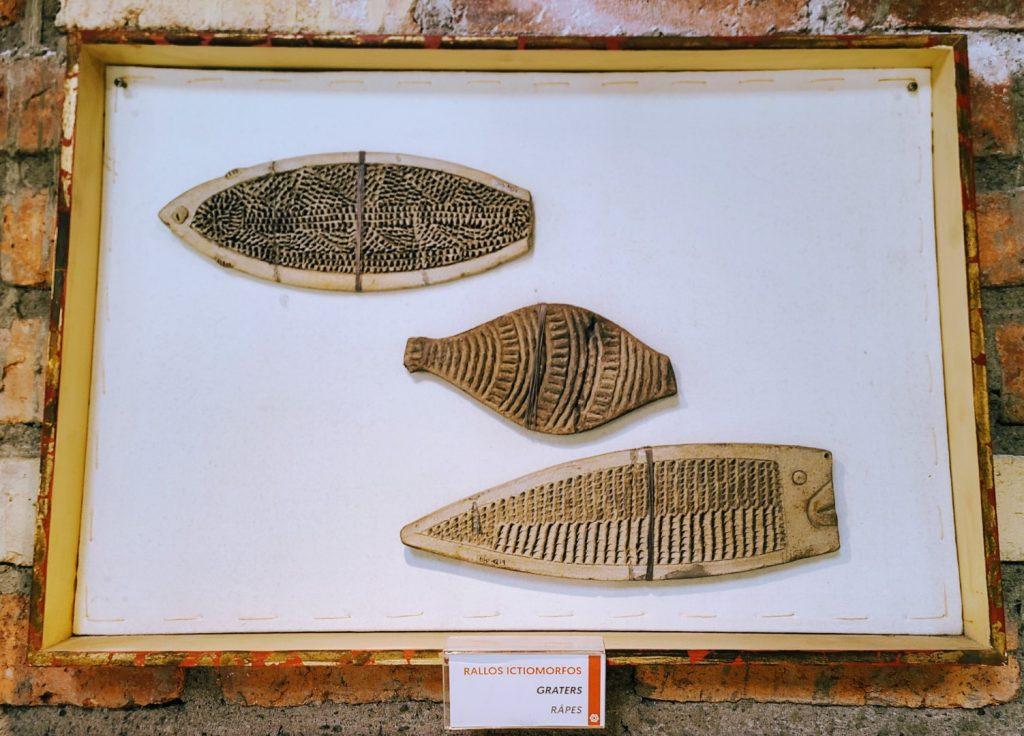
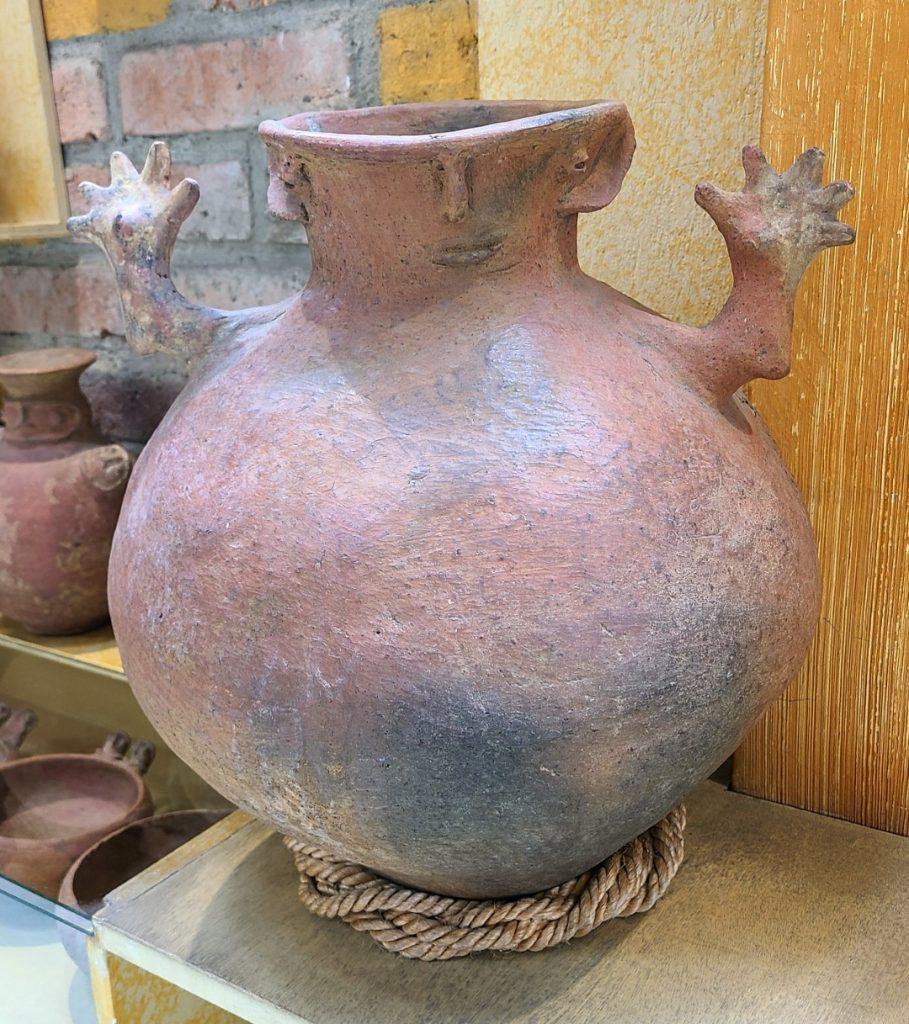


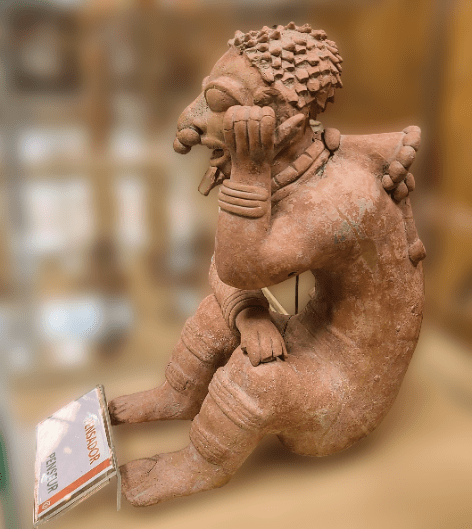
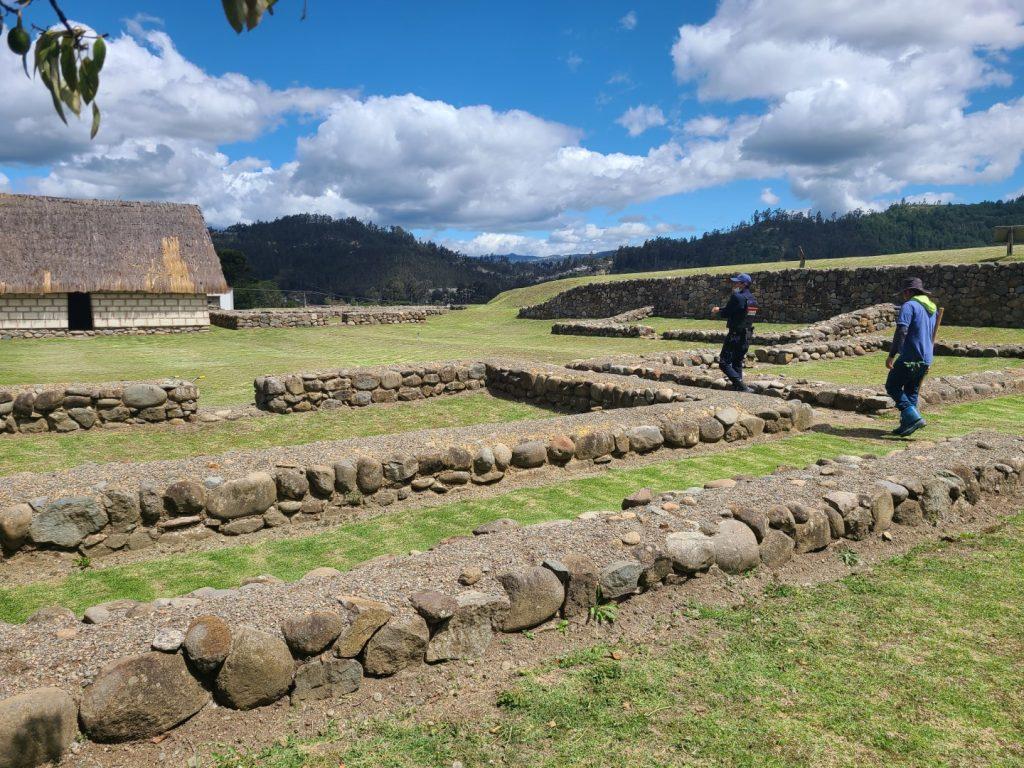

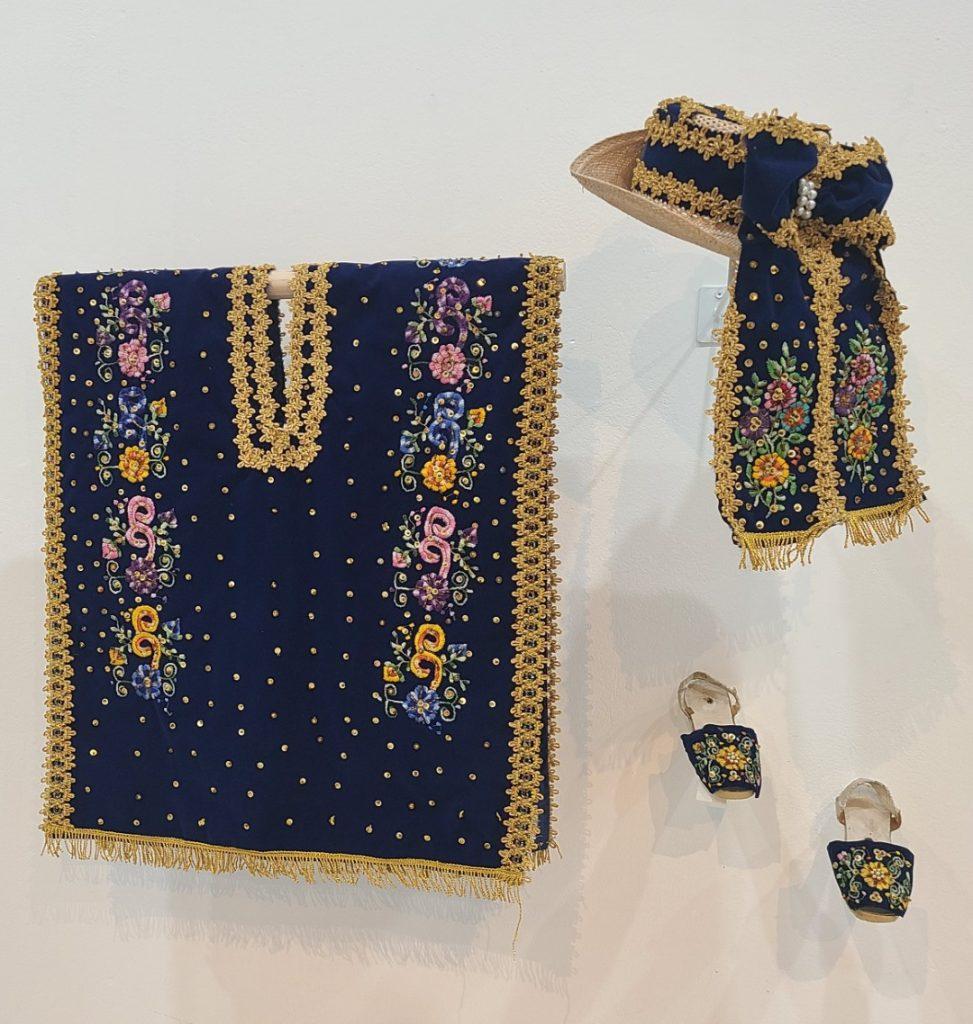
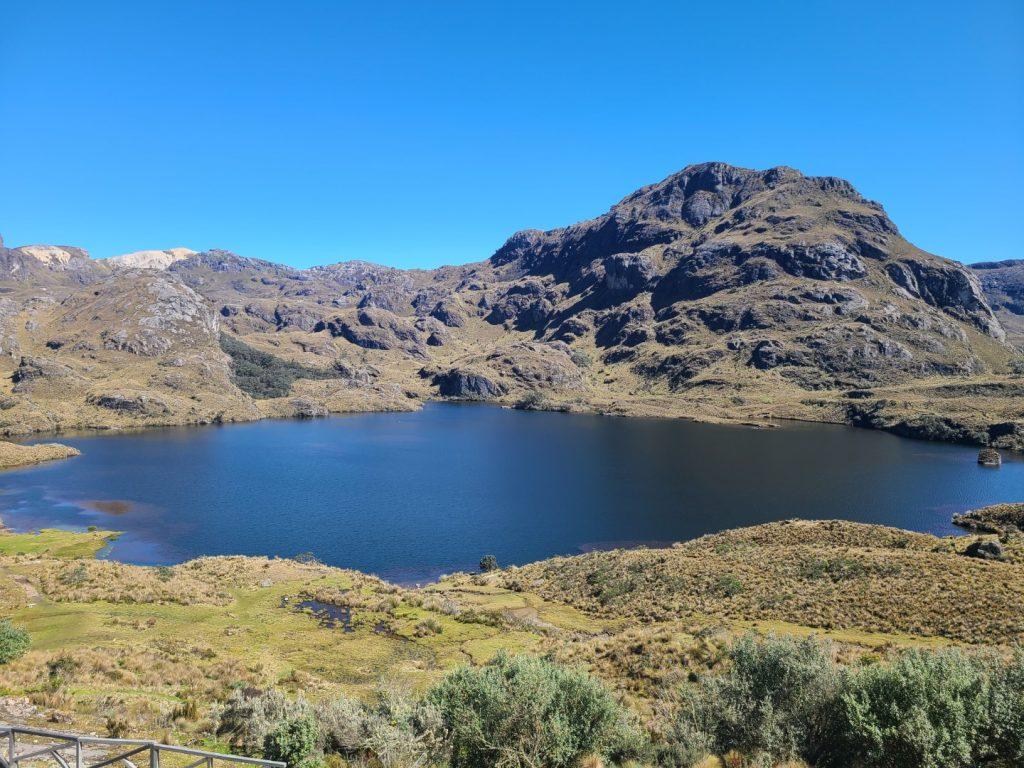
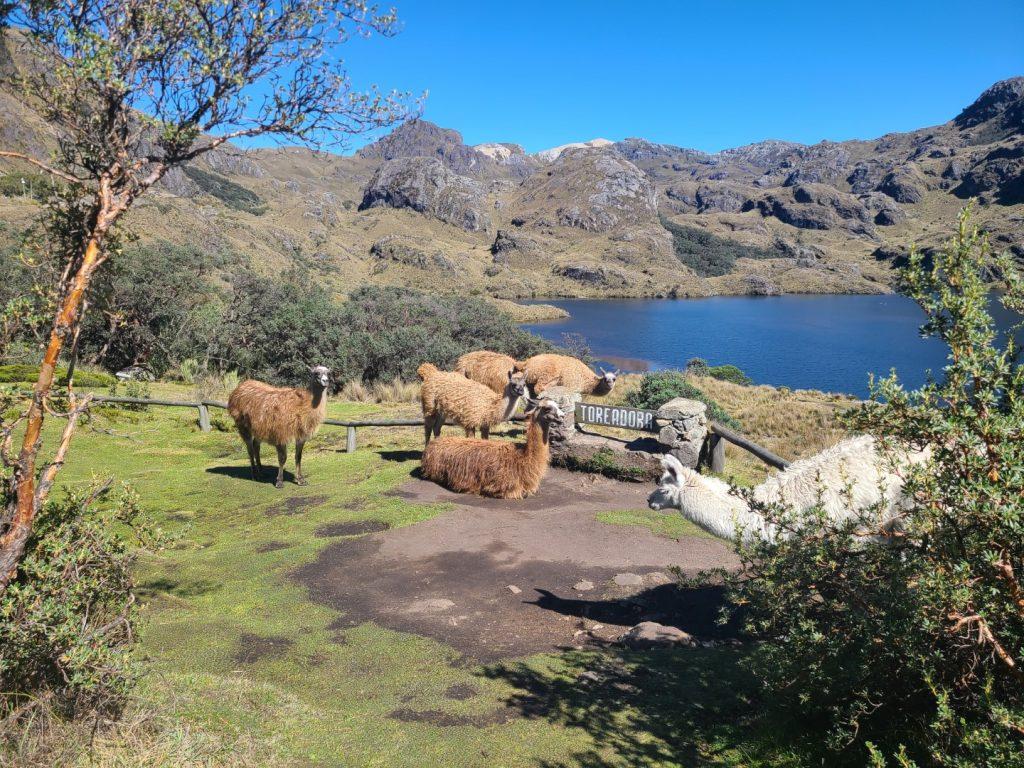
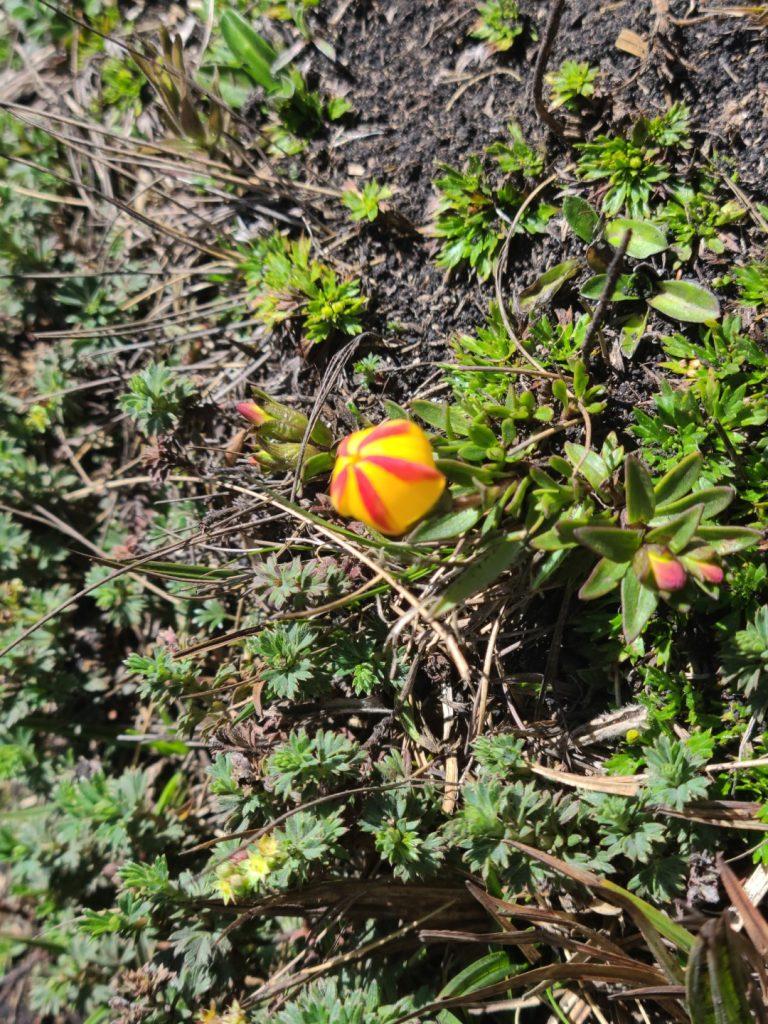
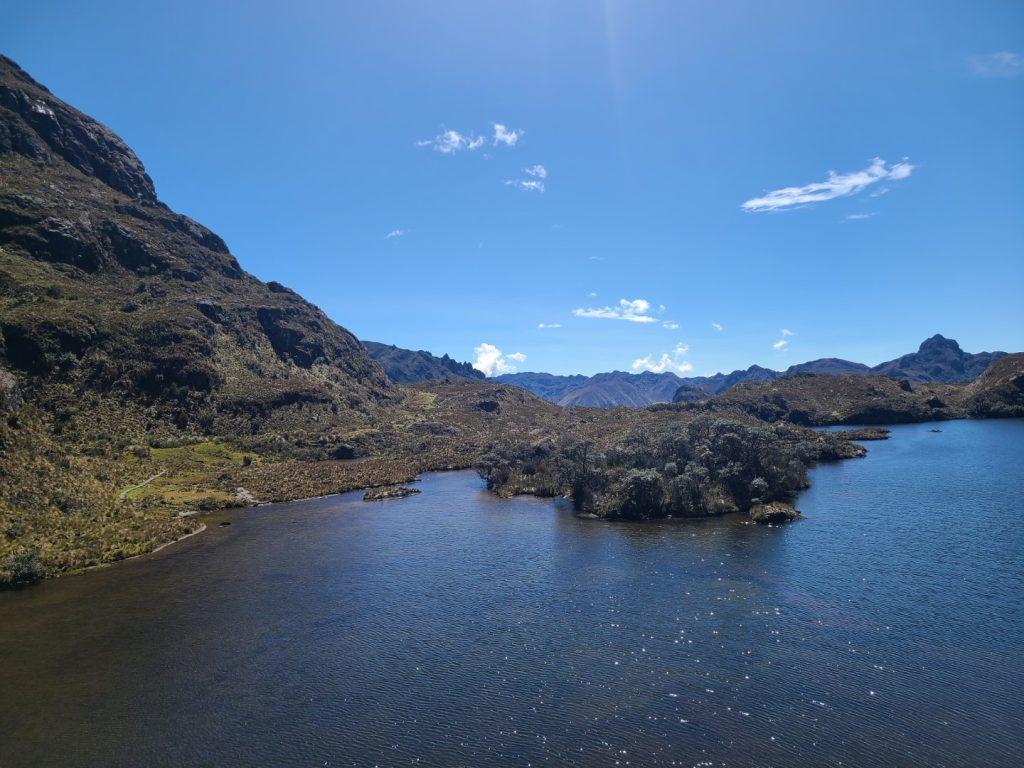
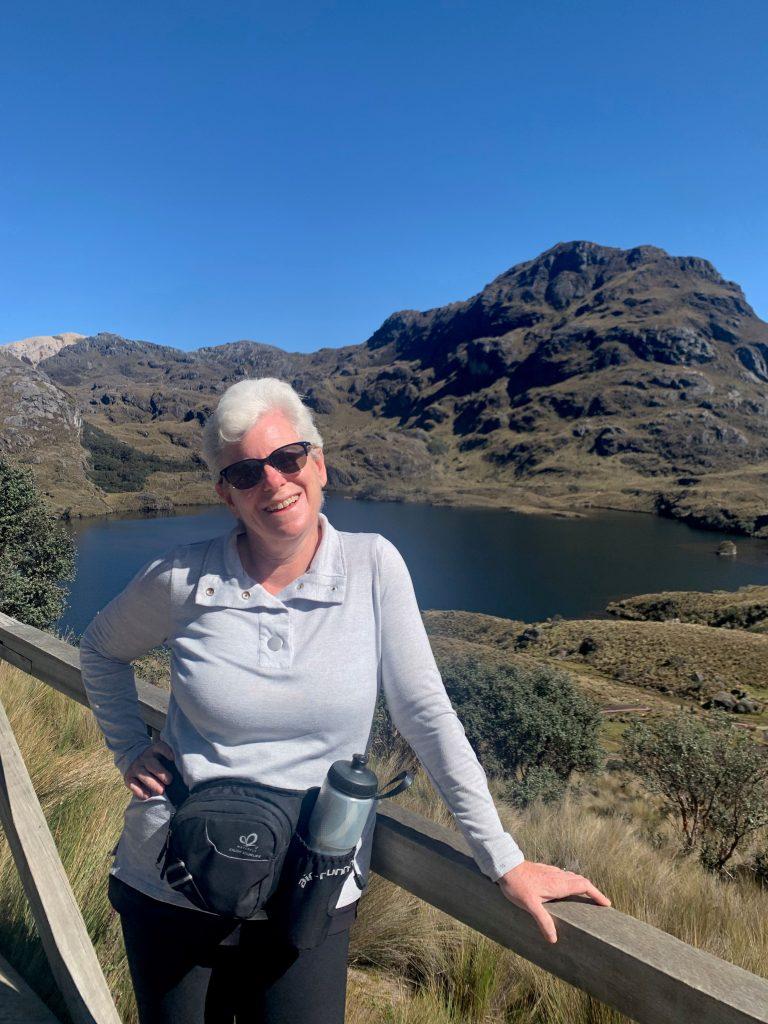
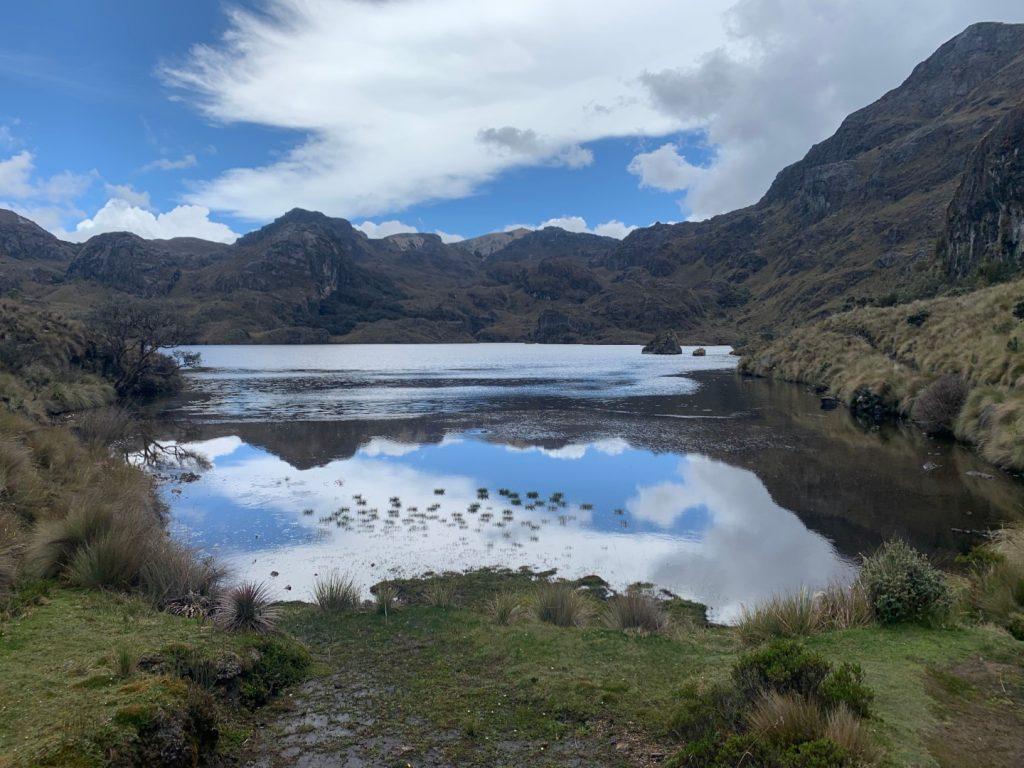
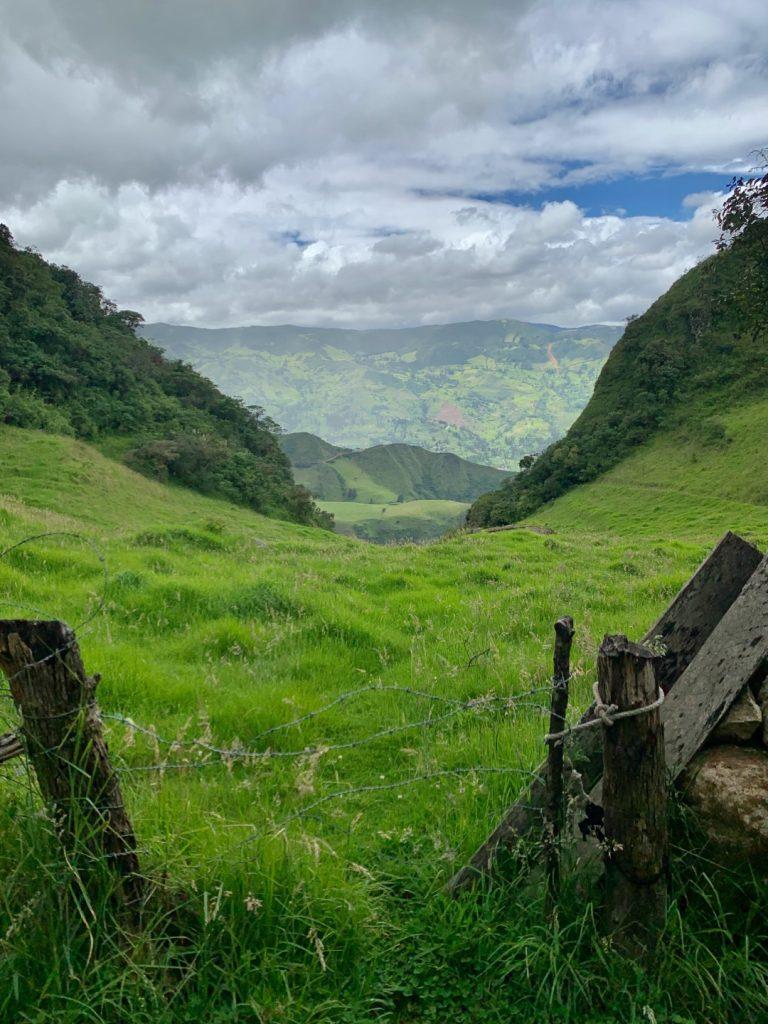
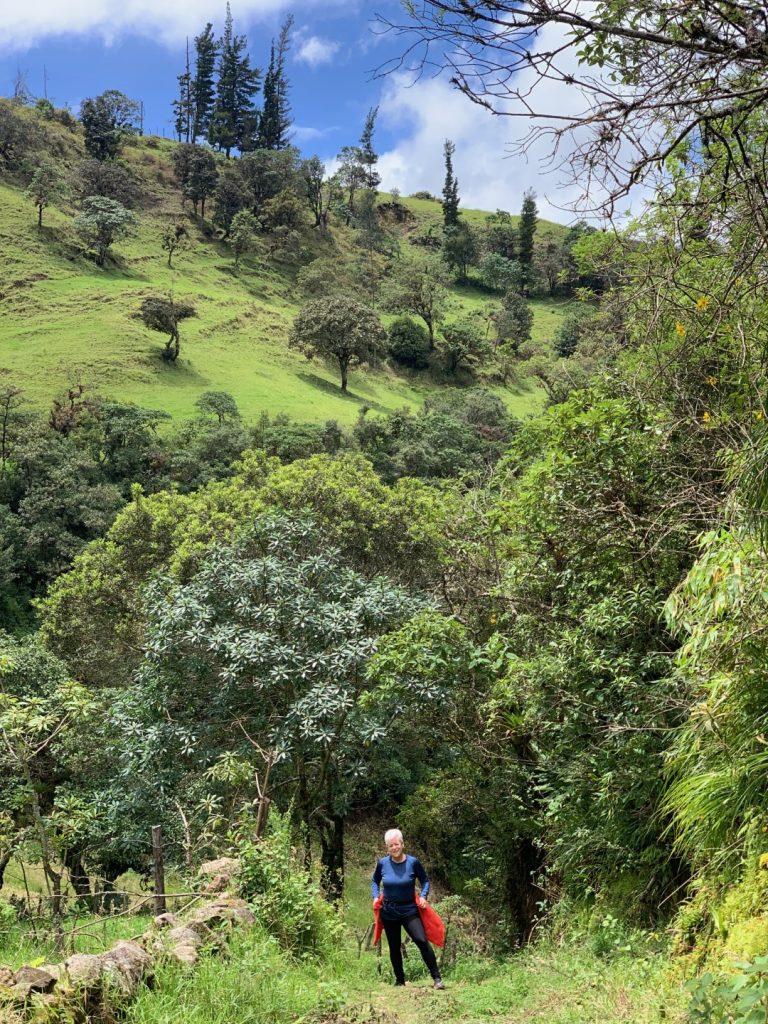
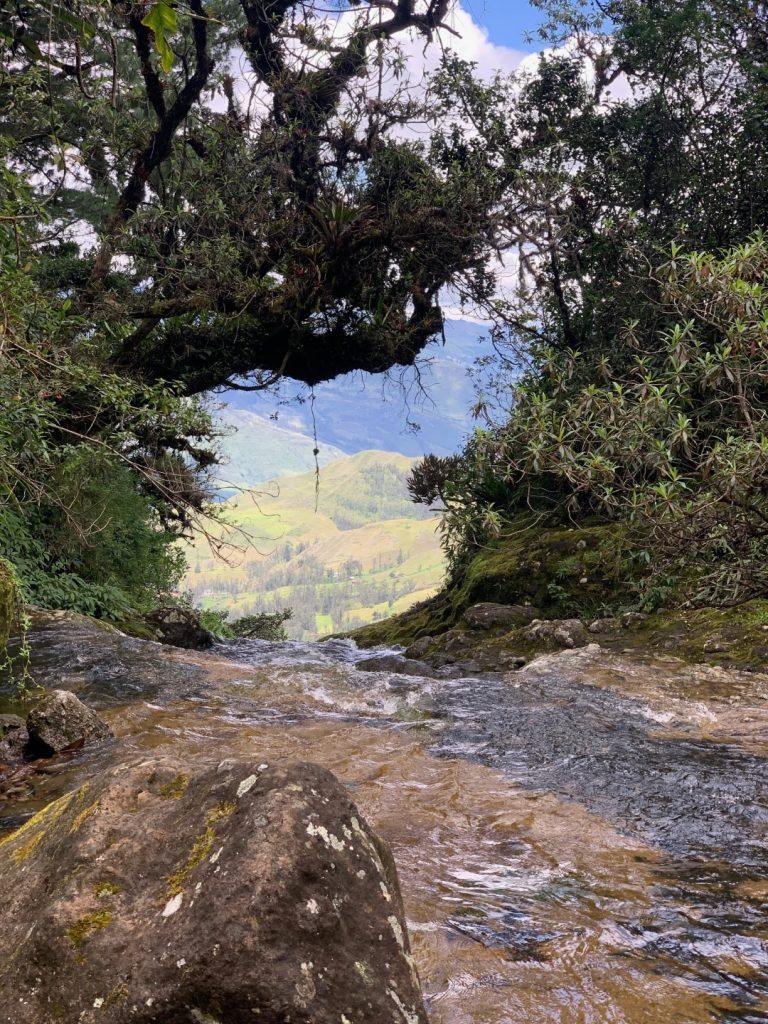
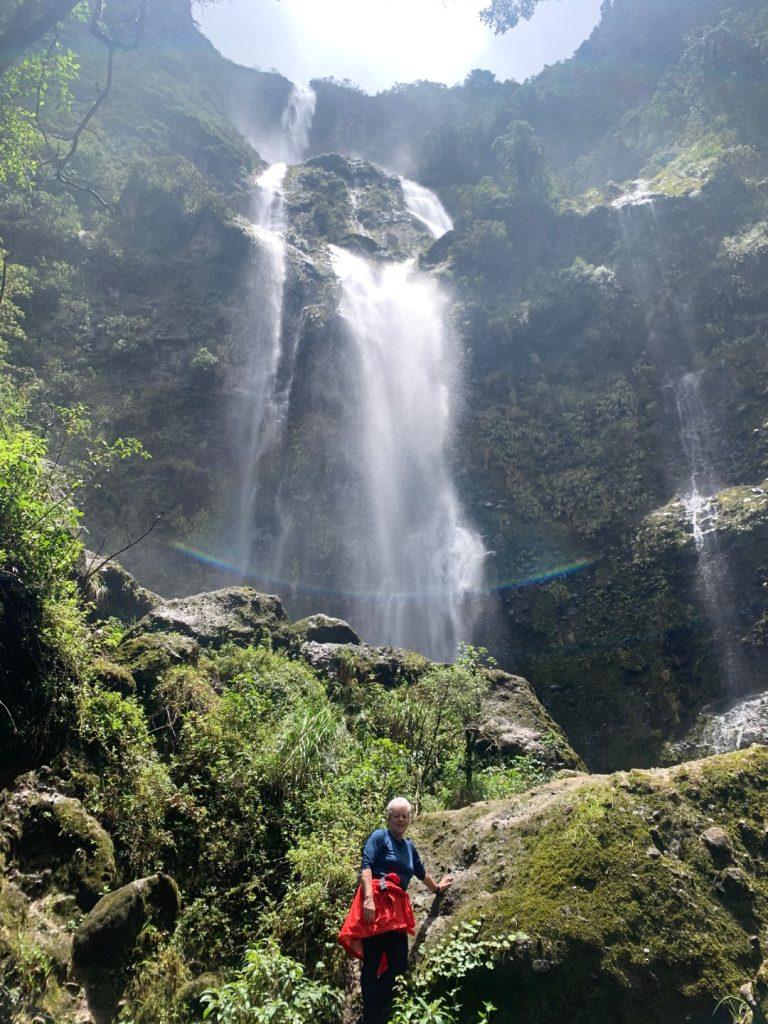
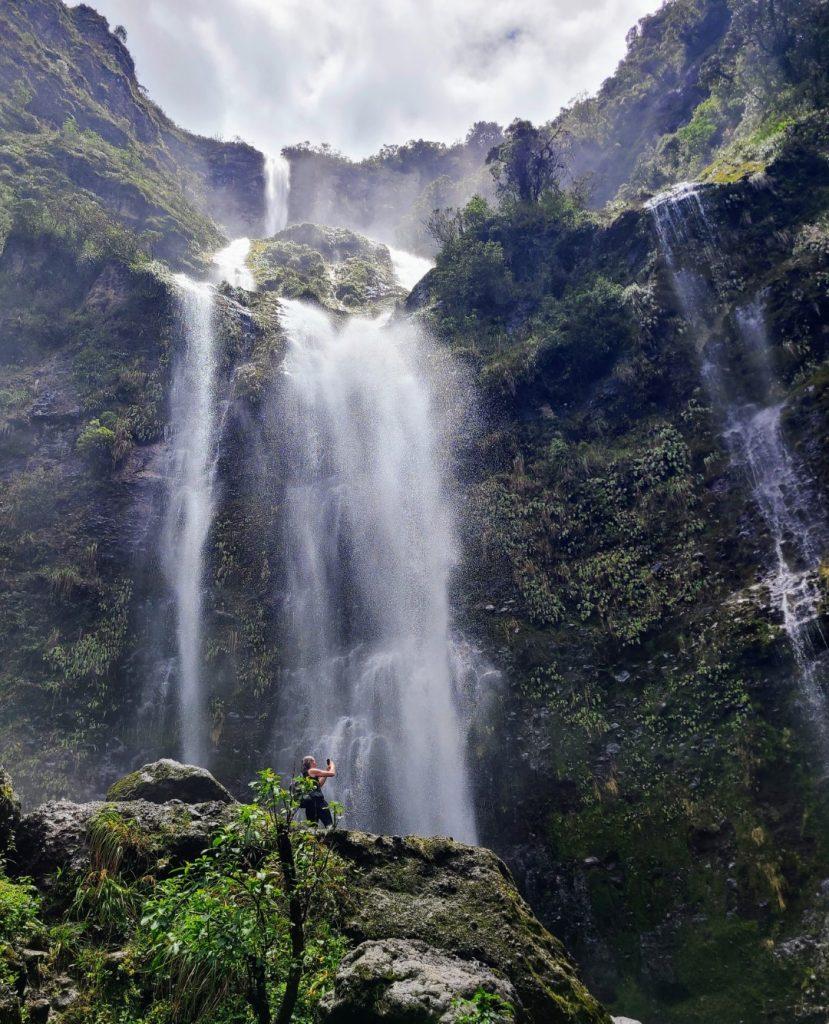
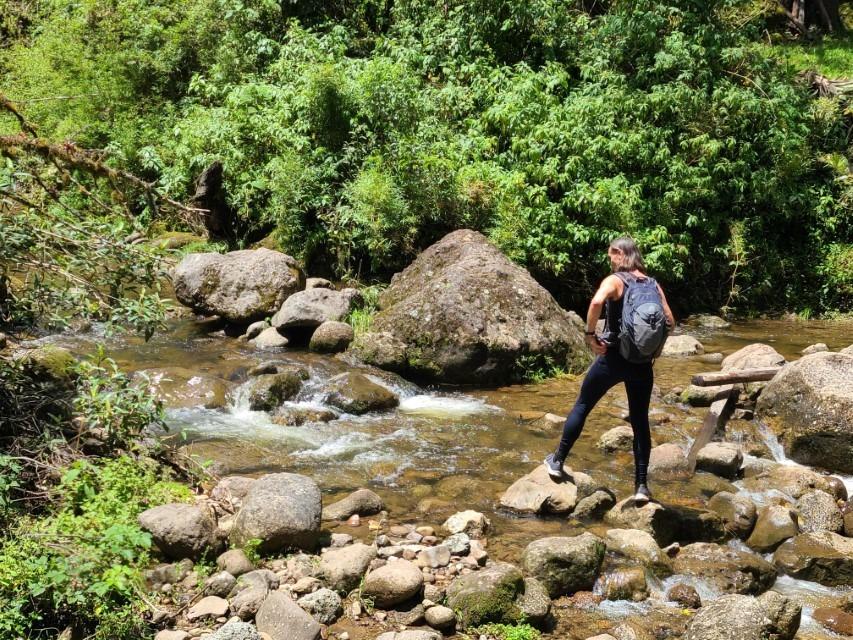
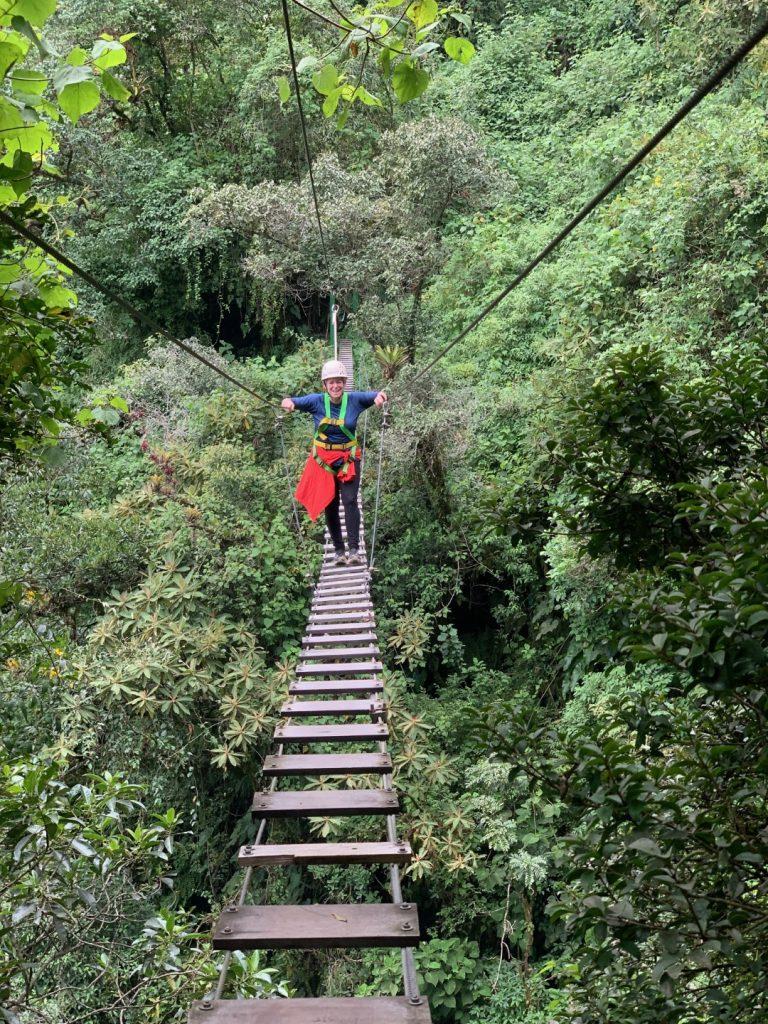
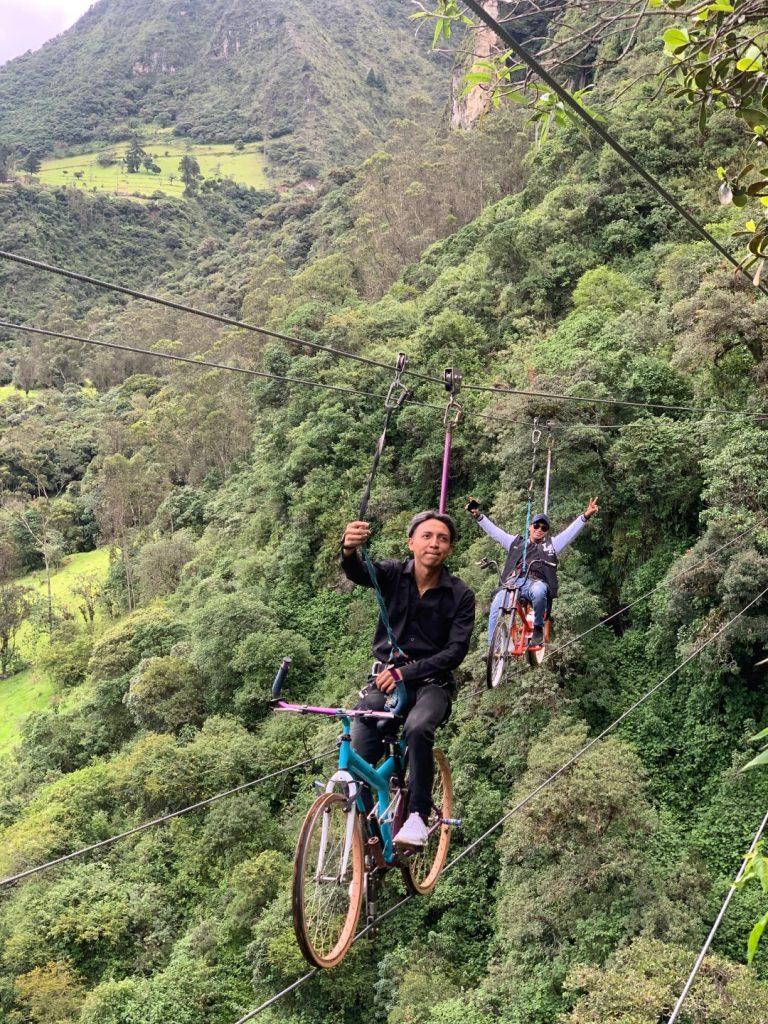
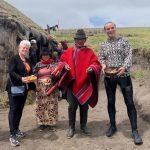
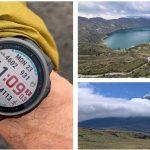
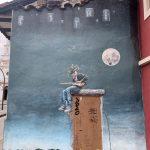
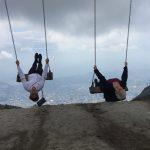
I’ve lived in Cuenca for over 10 years, and I have a slightly different take on a few matters:
1. Crime: Crime in Cuenca is very much on the up-tick. It’s still nowhere near as dangerous as Guayaquil or Quito, but there is every type of crime here that you’ll find in the other two cities — just not nearly as much of it. Muggings, burglaries, robberies, rapes, being drugged in bars (and then being robbed, raped, etc.). Even getting your purse or cell phone snatched by motorcycle bandits. Currently, we have highway robbers who haunt the routes between Cuenca and Guayaquil (and Loja), who block the road with large vehicles, and then shoot at the oncoming vehicle until it stops. Then the passengers are robbed, occasionally kidnapped, and a few have been killed. The average visitor or even the average *expat* doesn’t see or hear about much of this because of two factors: a) They don’t read the local news, and are thus unaware of the ugly things going on around them; b) Only about 20% of violent crime is reported here. This is due to fear of retaliation, the knowledge that the police won’t do anything to help (any likely won’t even show up), or sometimes due to plain ol’ embarrassment.
2. The notion that someone could live here on $900 per month is a thing of the distant past. Sounds like the kind of misleading propaganda you read in International Living. Yes, you *could* do it, but you’d be living in a very basic unit, eating the cheapest food you could find, never eating out, never traveling, and being at a total loss to pay for medical care if you ever had a serious illness. You can’t even physically leave the hospital here unless you pay your bill in-full first. The only exception is if you have expensive private insurance. Besides that, I don’t think you can currently get a visa if you make less than $1450 or something like that. But if you’re going to do up a living budget for someone, there’s more that should go into that budget besides food and lodging. That’s easy. But the unexpected things that happen in life require a fair bit more cash reserves than you’ve suggested. I wouldn’t recommend that anyone try to live in Cuenca making less than $1,500 USD per month, and even then it’s going to be tight for those who want to do more than sleep or eat.
3. It gets plenty cold and hot here. Maybe not on the thermometer, but with an average humidity level of about 70% in Cuenca, the cold months (late June – mid Sep) can feel downright frigid at night or in the early morning. One night a few weeks ago it got down to 11 C. Then in the daytime, if the sun is out, it may feel like it’s in the mid-80s, even though the thermometer shows 70. But if a cloud comes out and blocks the sun, it could feel like low 60s in a matter of seconds.
4. It does *not* rain “all the time.” We have a rainy season and a dry season… about 50-50, as to the parts of the year. But even during the rainy season, the typical pattern is on-and-off showers, and the occasional 15-minute cloudburst. During the cooler months where we’re at now, there’s barely any rain at all. You can’t trust most online information about Cuenca weather… it’s so unpredictable that even the weather services rarely update their forecasts for the area. BTW, the chart you posted isn’t even close to reality, unless you count a 20-minute drizzle as a “day of rain.”
5. Many of the “fresh fruits and vegetables” here are fertilized with human waste and are riddled with parasites. It’s not an “if” you’re going to get infected here, but rather “when.” And regardless of where you buy, it’s always a good idea to wash fruits and veggies here to cleanse them of the pests.
6. You didn’t try enough restaurants. There are a lot of very good places to eat here, and they’re not all pricey. Some are, some aren’t. But all the beef isn’t tough. MOST of it, but not all.
The rest of your info is pretty accurate, especially about the great expat community we have here, and all the expat-oriented events. Many of them are designed for local folks, too, should they like to participate. But coming to a country for three months and making such concrete statements about certain aspects of life here just isn’t enough time. Like I said, I’ve been here over 10 years, and this is most definitely not the Cuenca I moved to in 2014.
As mentioned by Jeff S., who’s lived in Cuenca for over 10 years, Cuenca is not as safe as people seem to believe – at least not anymore. If you go to Numbeo, you can compare Cuenca’s crime with Cotacachi’s, for example, and you’ll see what a big difference there is. JP and Amelia, expats who have lived there as well, have articles and YouTube videos on it too. So the increasing crime has made me seriously reconsider retiring to Cuenca because it will probably continue to get worse over time.
Personally, I would prefer Cotacachi, but I love dogs too much to see them living on the streets, mistreated, poisoned. Even expats’ dogs have been poisoned accidentally. I love them all, so I would be extremely depressed to see them suffering like that. Honestly, I don’t understand why local animal lovers have not stood up for them.
i have friend who live in Quito and they actually are in the high social level runing one of the biggest agro business in the country. We had the chance to share with them what is best in ecuador and they agree Cuenca is the best city to live in even if the rain is more improtant that parts of the other big cities. One thing i will say , the Ecuadorians are very very kind, humble, helful and have a permanant smile that start with their kids.Among the travel i did in my kife, i will put them in the top 5 best people !! even poor they seem happier than us in the USA.Sad to see the gangs trying to take over the country, Cuenca is not part of the gang controled land , but the existing ruler is at least trying to do something about it
[…] balance, I like San Cristobal. It makes me think of what Cuenca in Ecuador was probably like 20 years ago, before the expat influx led to infrastructure improvements, a […]
Very good, thanks for spending time typing it. So true. About food, I do not go to fancy restaurants and if it is just almuerzo, it is edible but not so great, mostly white rice with nothing on it and some tough piece of beef or chicken and egg and little bit of salad on side, or slice of avocado but soup is usually good, drink is juice watered and sweetened, but for the price of 3 dollars it is all good!
I sit here in my place in Cuenca and guess what? It is raining!!! A lot now and it was grey sky for many days, little better today, little warmer. But raining every day now. And we were going to Guayaquil when it was that detour there, pretty scary and those rocks and mud on side and roads are narrow. And on our way back from San Clemente, in Guayaquil we got into terrible downpour. We were scared but had two dogs in buseta, it would be hard to go searching for hotel so our driver continue driving and we made it to Cuenca OK.
You are correct, for the most part. Some observations: I would not call the Venezuelans “locals” by any means. Part of the troubles ibn the country are caused by a government that allowed the undiscriminated immigration of Venezuelans, some good people, but many on the criminal side. The good ones were even given jobs as teachers, doctors, etc., by the Ecuadorian government of Correa, who tried to help his buddy Chavez, and later Maduro, and accepted in Ecuador the mass migration when Venezuela’s financial troubles made life difficult for a large segment of the population. Venezuelans are not representative of the local population, and many times resented. Most of the dirt poor, annoying adults exploiting children to obtain money from passersby that you see in Cuenca streets are Venezuelan immigrants. Blatant poverty had been practically eradicated from the city until the Venezuelans showed up. It has been proven that even in the large antigovernment demonstrations many are Venezuelan immigrants, paid to subvert the country, sent expressly for that purpose.
I agree with the altitude. Drinking lots of water the first few days helps me a lot, and later I feel fine.
It seems like it rains everyday for a little while, but then the sun comes out again and all is well. I do wear sweaters all the time, but I tend to get cold easily.
In my opinion, there are some very nice restaurants, a little pricey for the local incomes, but ok for those of us who are used to paying US prices.
The fresh fruit and vegetables are very cheap in the markets. Sometimes they try to take advantage of the customers, specially foreigners. I also wonder about the official controls regarding the use of pesticides and substances that encourage growth. Maybe nothing is used, because of the extra cost, but one never knows.
not sure where you found this rainy day chart, but it is highly misleading; having lived here for 10 years and married to a Cuencana, I know the weather very well (we actually have an eco resort and depend wholly on rain water for all needs (cooking, bathing, laundry, etc.), so we are very attuned to the rainfall patterns….the “rainy season is April-May, where there could be a shower on any given day, but it nothing like the rainy season in Costa Rica, for example….July and August are the dry season, and often there is zero rainfall in either or both months, and this drought often extends well into September; the climate here is “alpine dry” and relative to most places on earth (Seattle for example) the actual rainfall levels are very low
The chart comes from https://www.parks-and-tribes.com/ecuador/climate-weather/climate-cuenca-weather.htm Some people said this was a wetter rainy season than average. Others say it varies wildly. All that said, I’d take rainy and warm over 40 degrees below zero in my hometown, which is what we get in winter!
Interesting article. I disagree with your foodie description as I think food here is amazing. I’m a food snob. I had so many spices my husband built a 5’ cabinet for me when we were first married. I think you just missed the good spots or went out with people who conflate quantity with quality. The second thing I’d like to clear is that the locals wash their clothes in the river because there didn’t used to be running water in their places. Still may not be as I’ve visited homes with cardboard box insulation. They’re not “allowed to” by law, but it’s tradition and whole families are washing together. I’ve not seen immigrants do it, just locals. I greet them on my street daily. Given how my washing machine works, I’ve eyed them jealously. Also, I kind of like the rain. It proves that anything can grow here. A friend stuck a stick in the ground to prop up a tree and now has another tree. It also makes me take a break from my amazingly full social schedule of dance classes, live music, knitting, and dining out with friends.
Thanks for the feedback. Interesting comment about the laundry. What particular restaurants in Cuenca do you think are outstanding?
Excellent article and very thorough. There is one restaurant frequented by many expats in Cuenca: Sunrise Cafe, open for breakfast and lunch only, and very affordable! One restaurant is known throughout Ecuador, in Cuenca, called Tiestos. Dinner is astonishing!
Thanks for the feedback, William. Now that you mention it, I had heard of Tiestos. Pity we didn’t get there to try it out. Next time! (If we make it back there.)